Tusker Destruction Averted
Tusker Destruction Averted
In northern Zululand, near the Mozambique border, a multi-disciplinary team races against time. The sun rises over the Indian Ocean, misty with the threat of rain—bad for the beach, perfect for moving a giant.
Life in rural South Africa is slower, shaped by realities absent from cities. Running water, data, and electricity are luxuries. Wildlife like leopards, crocodiles, and snakes are a daily presence.
At Tembe Elephant Park, one 120-pounder (50 kg per tusk) has become a problem elephant, breaking fences and raiding crops. Electric fences are a psychological barrier, but once breached, containment is nearly impossible.
For the community living in the area, the damage is devastating. Imagine spending months tending your subsistence garden, sweet potatoes, mielies and green peppers, only to find it ravaged one morning, a light snack for the roaming pachyderm. Or worse, stumbling on this wayward elephant in the middle of the night or early morning. Human fatalities due to elephants are rare, but have happened in South Africa. With destruction looming, relocation was the only option—but moving a six-ton elephant is no small task.
A team from Ezemvelo Wildlife Game Capture, Conservation Solutions, Phinda Reserve, and WeWild Africa assembled at 5am. An R44 helicopter, two semi-trucks, multiple 4x4s, and a thermal drone were deployed.
After five hours of tracking, the chopper and drone finally located the elephant. Despite sirens and attempting to corral it to the open, it kept retreating into thick vegetation. Once the veterinarian darted the elephant, the clock started ticking.
Three teams split up: one to stabilize the elephant, another to cut a path, and the last to clear access for the recovery truck. Chainsaws roared, the smell of cut trees, diesel, and elephant sweat filled the air. A 6.5-ton crane struggled, forcing manpower to lift parts of the animal—three men barely lifting its trunk.
By nightfall, after hours of transport in heavy rain, the final transfer to the recovery crate was tense. The elephant woke up angry, shaking the crate, trumpeting loud enough to hit like a blow to the chest. The community lined the roads, watching the giant leave, waving it goodbye and cheering.
At 1 AM, heavy rain turned the release ramp into mud, impassible for trucks. Improvising, the team opened the crate before the ramp. The elephant hesitated, sniffed the air, reached toward its exhausted captors—then stepped into the darkness of the new reserve.




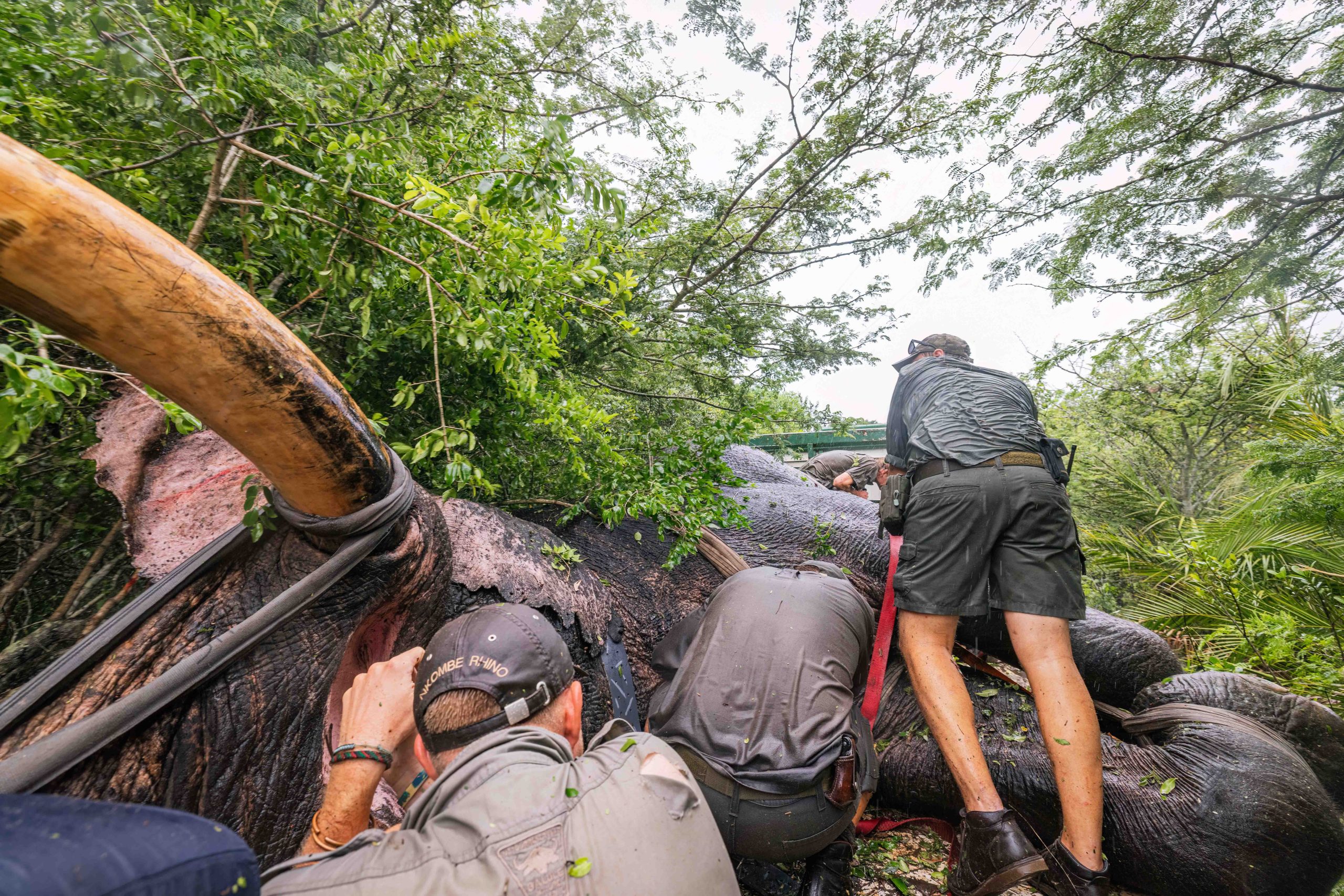

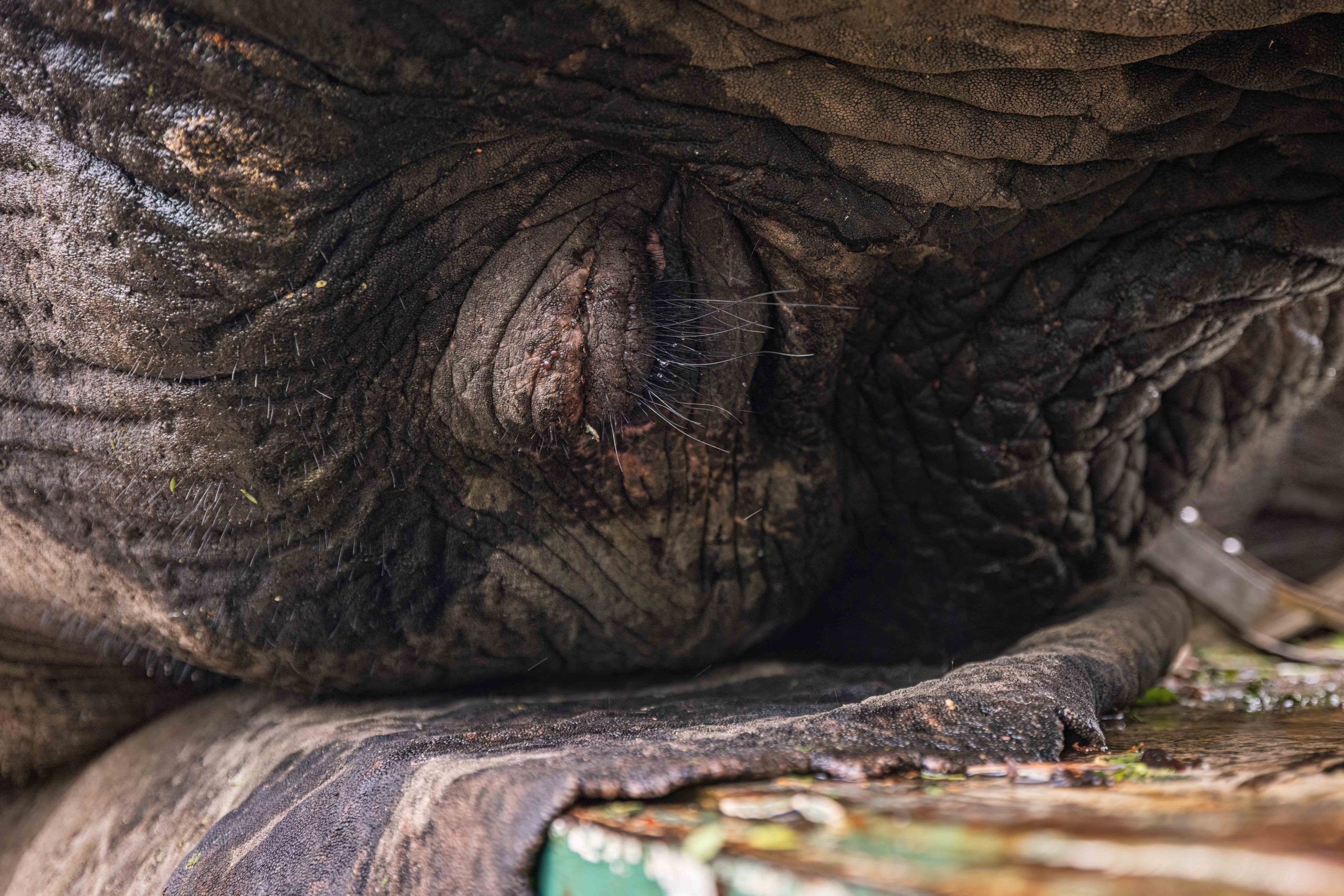

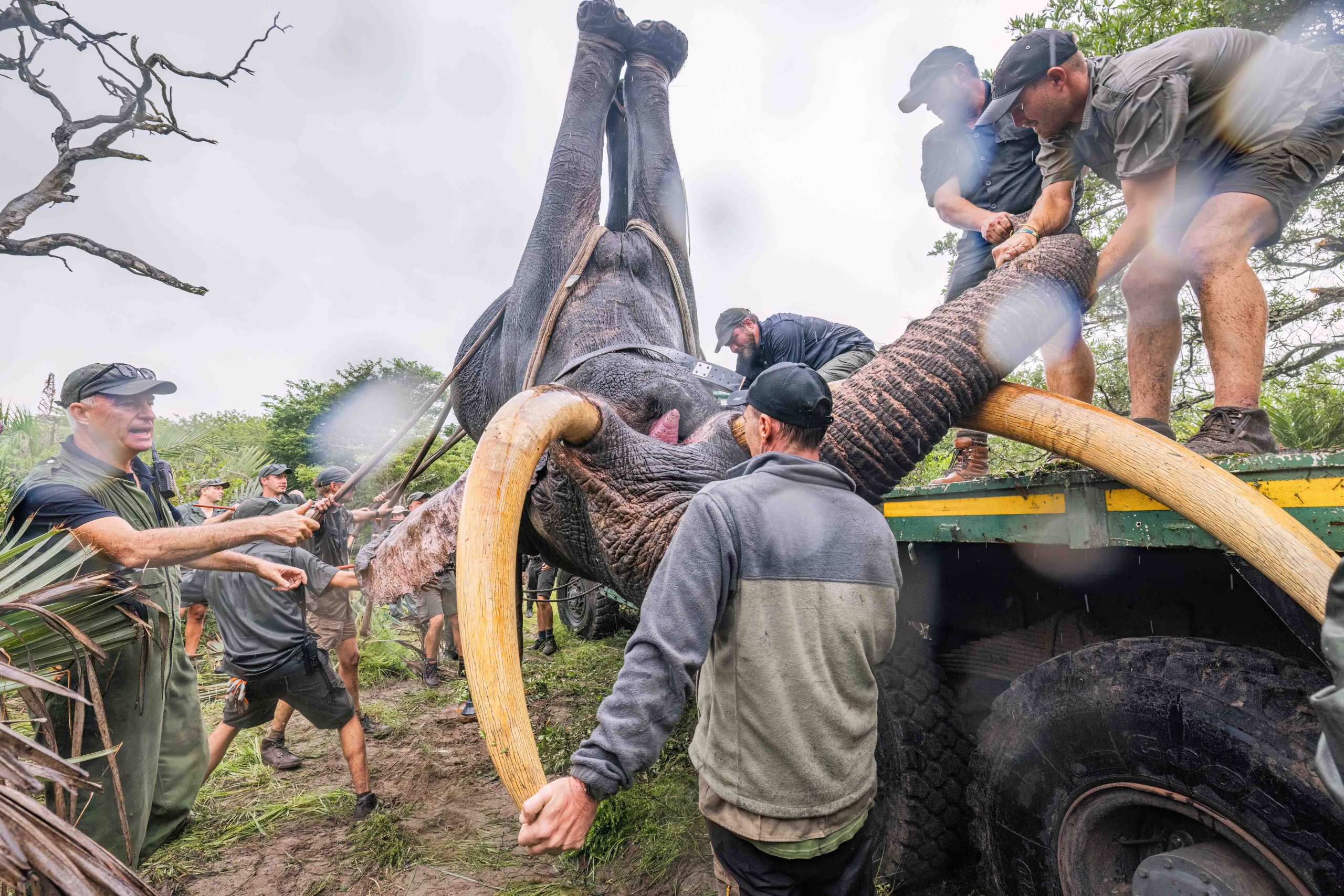
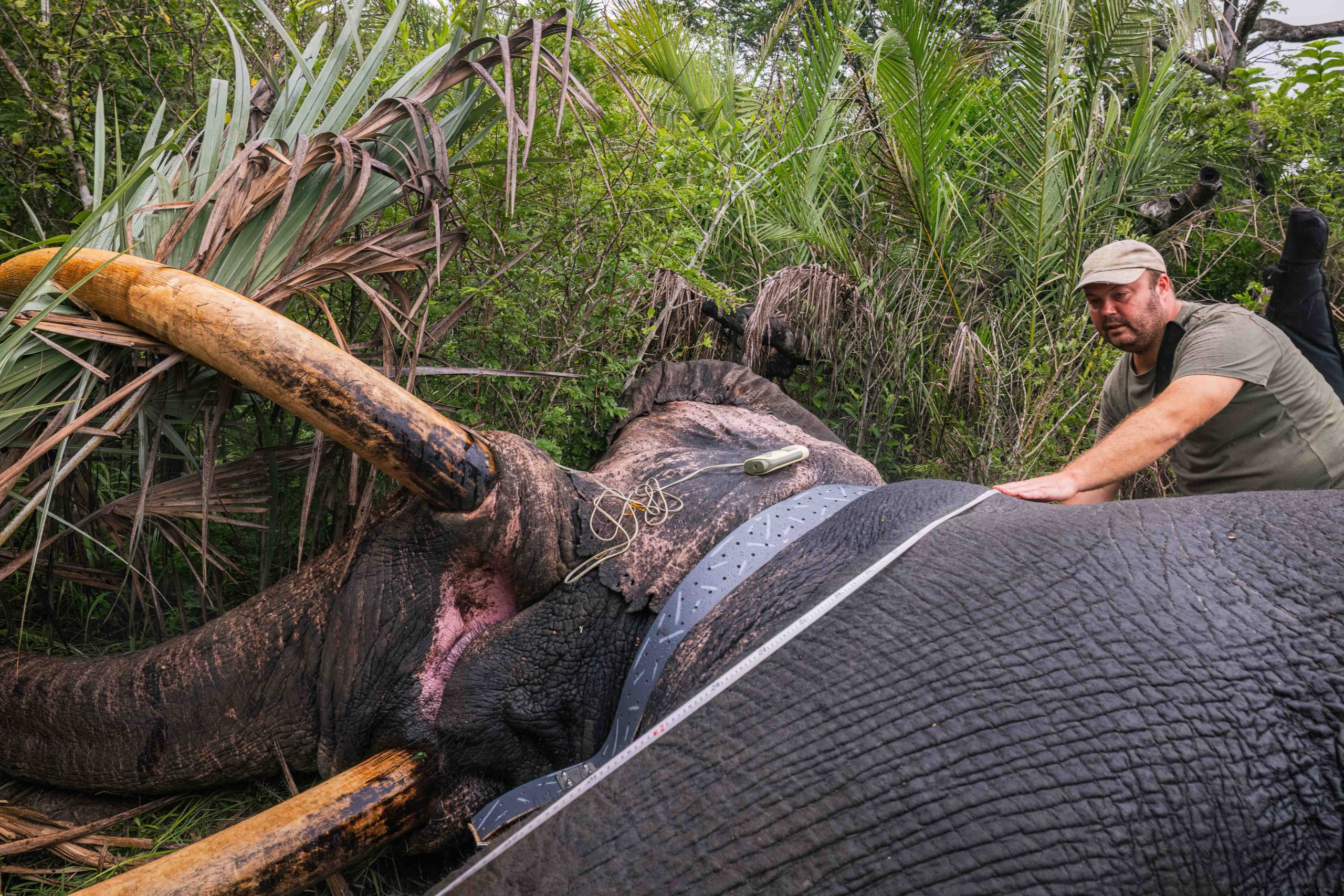
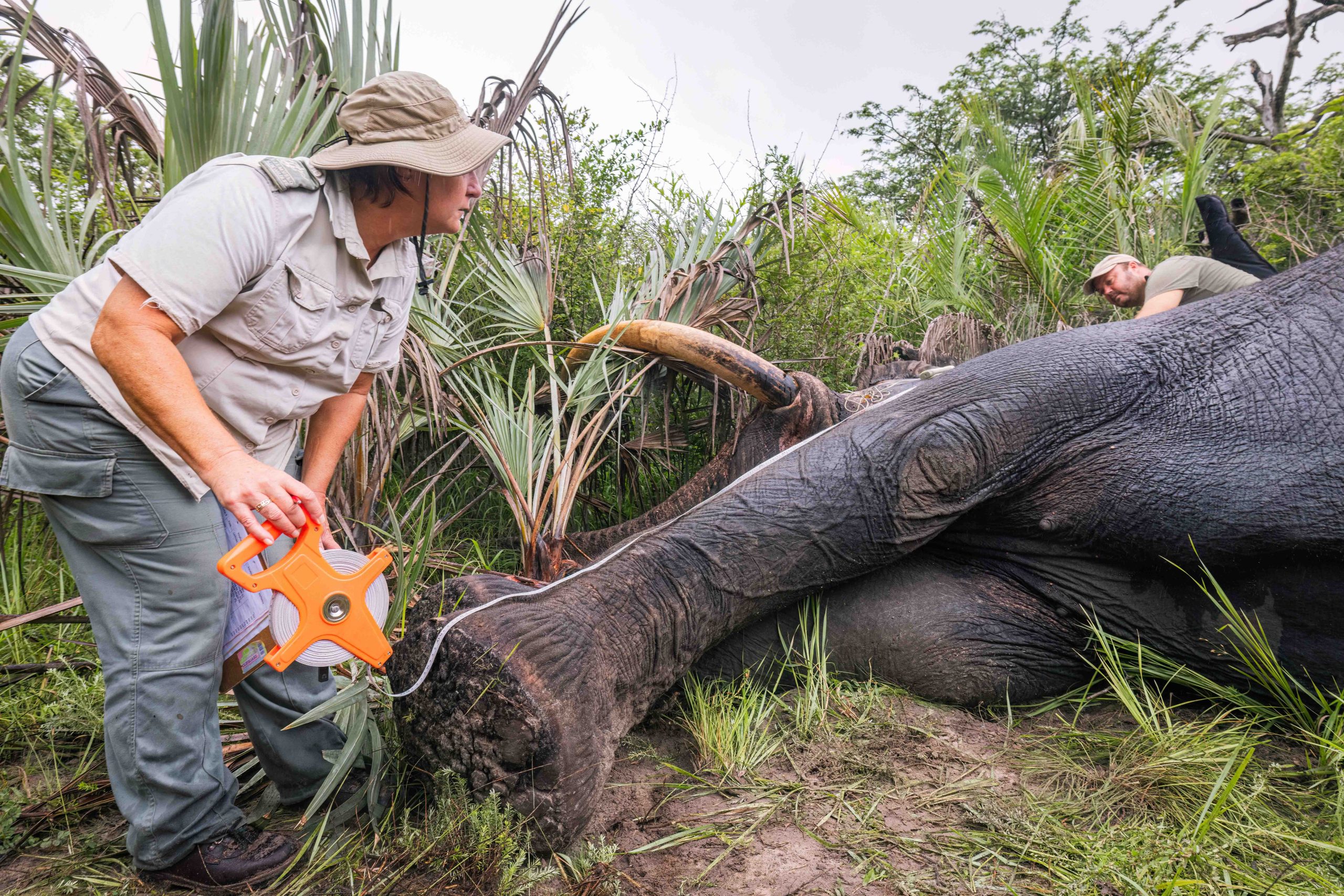
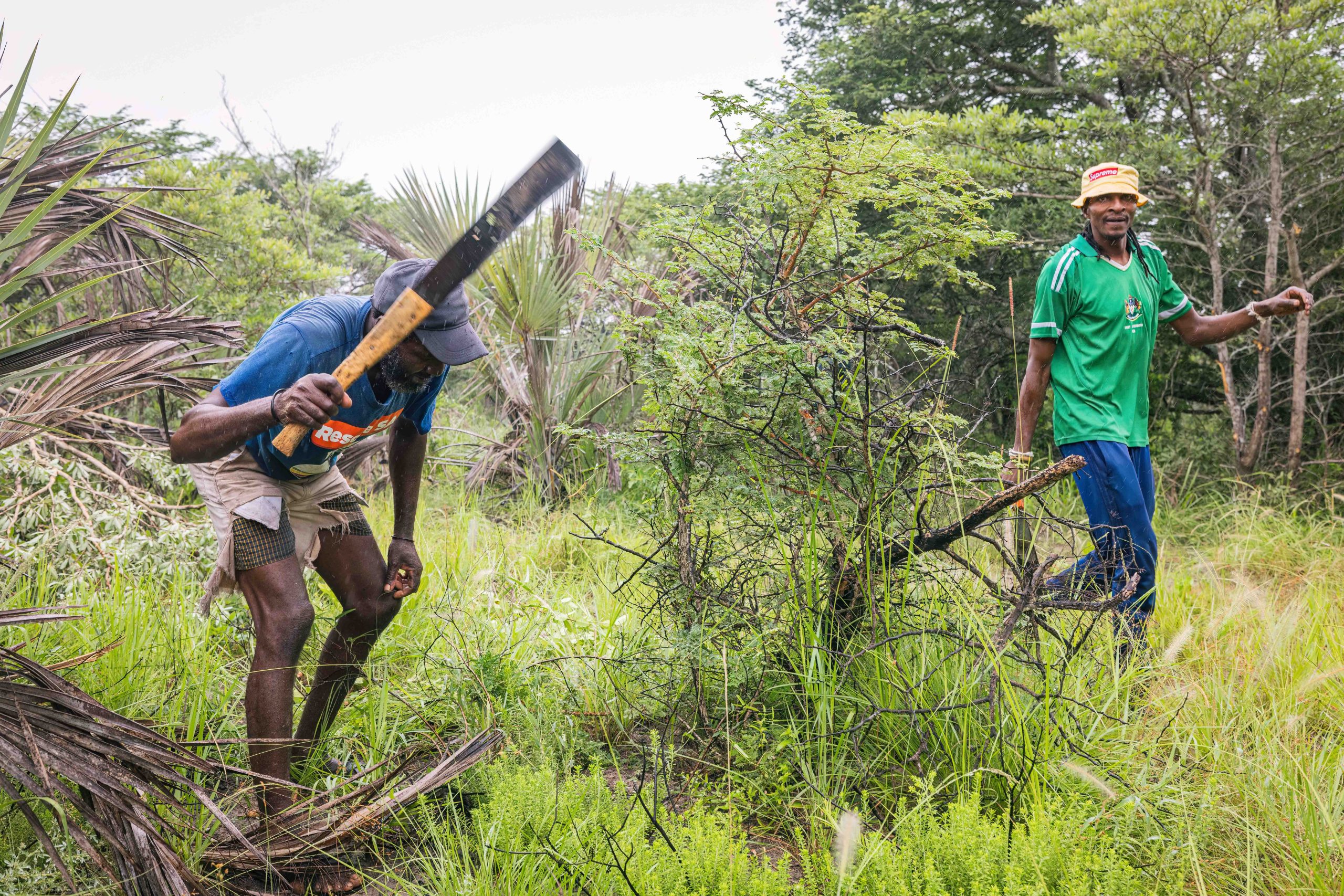
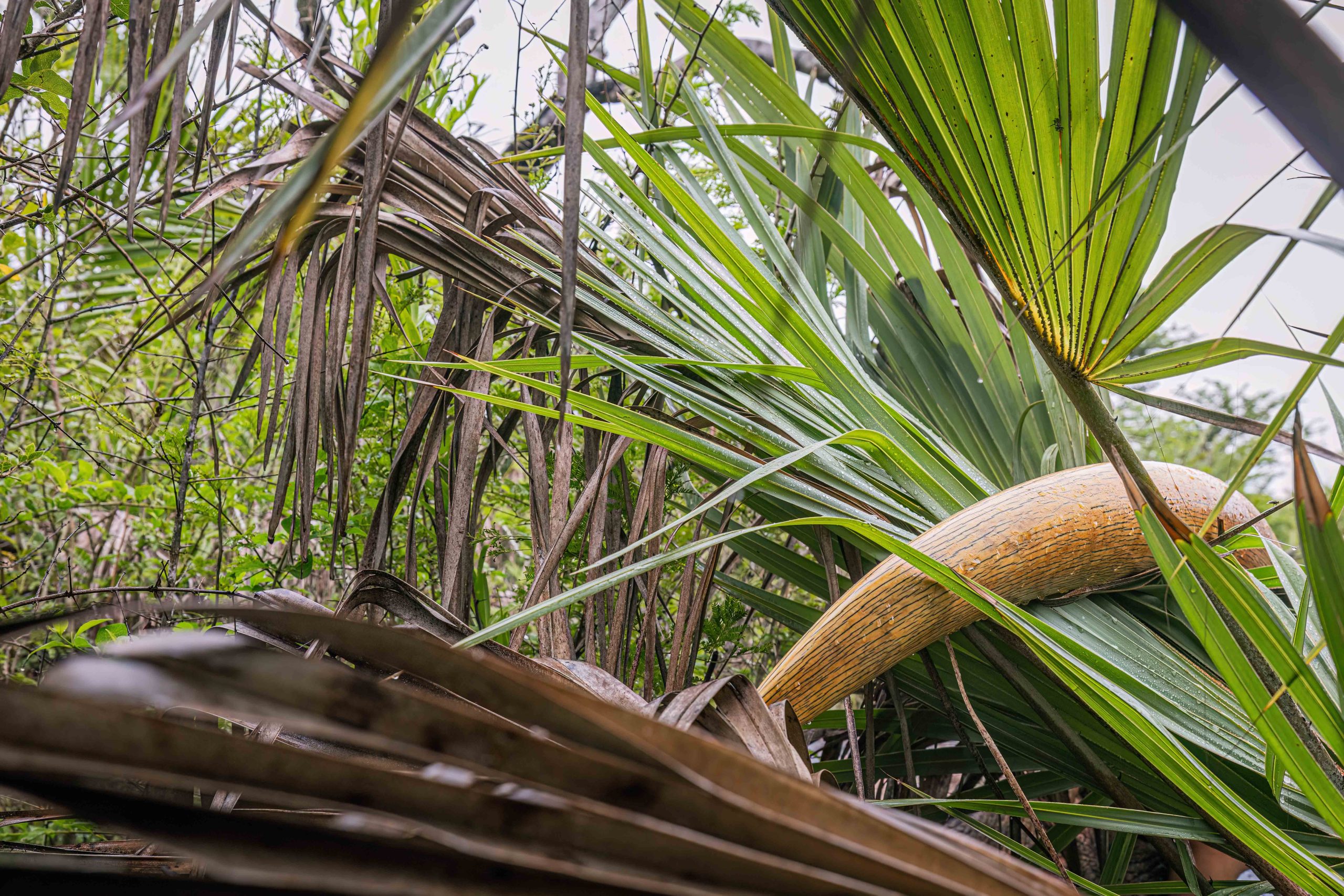

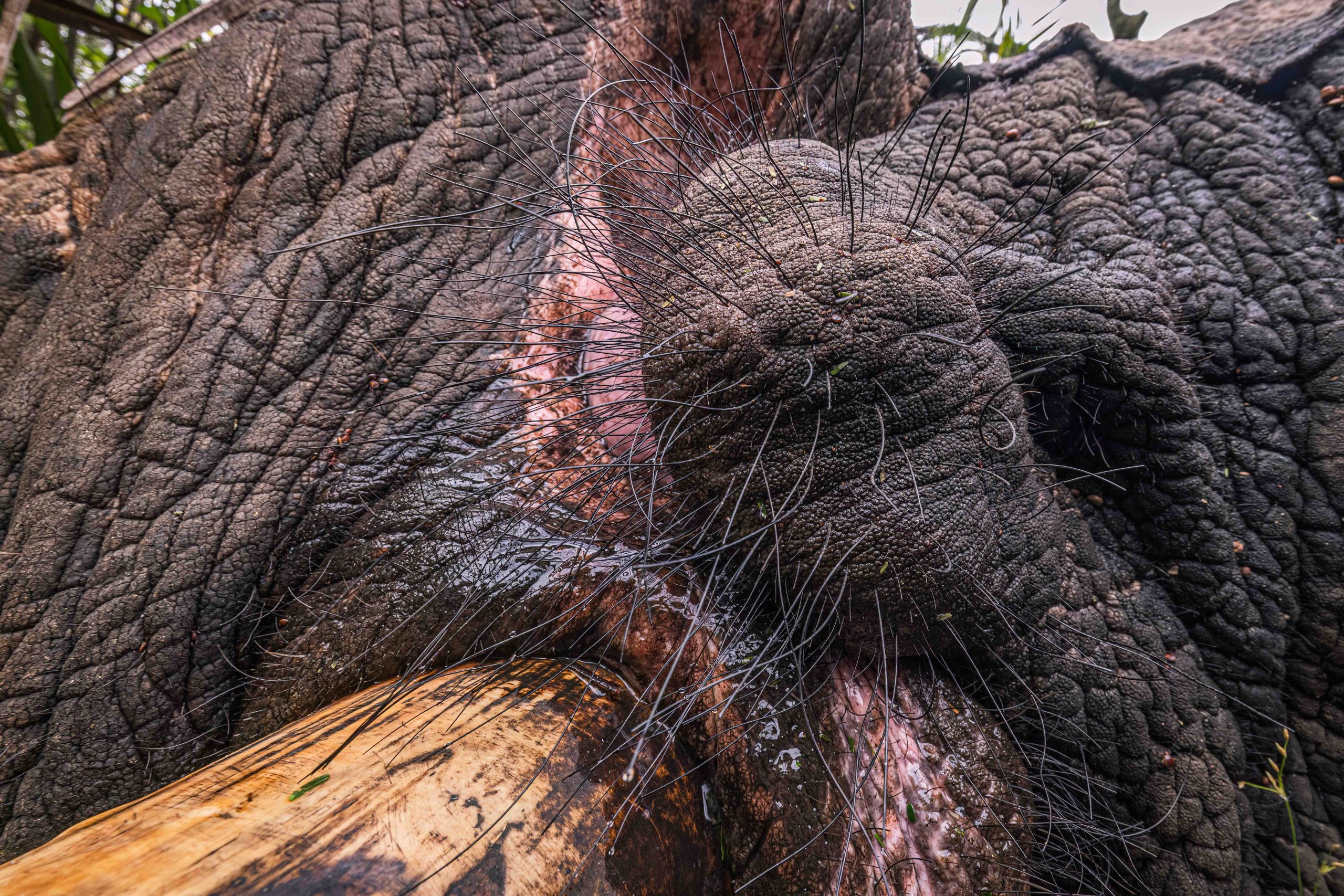
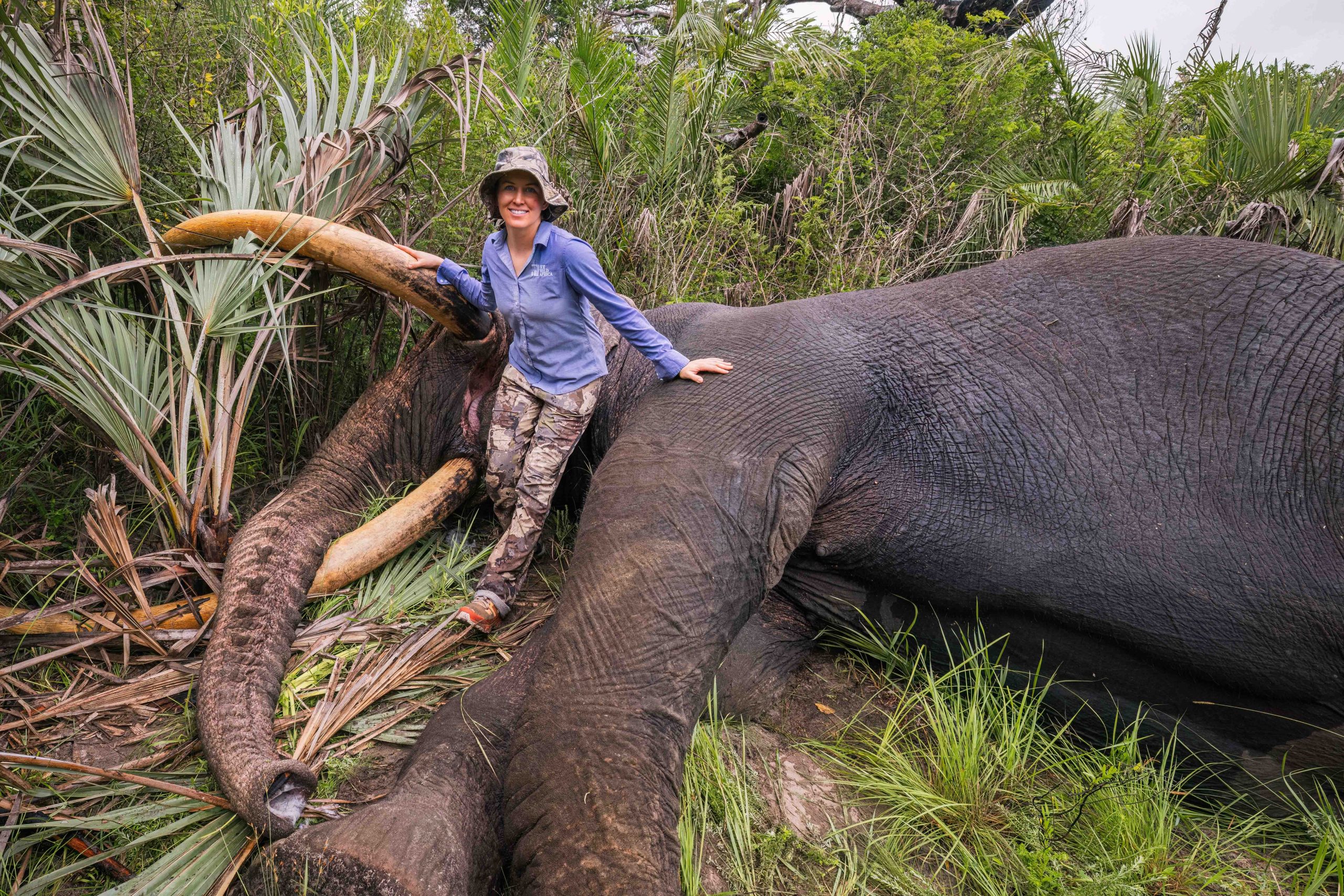
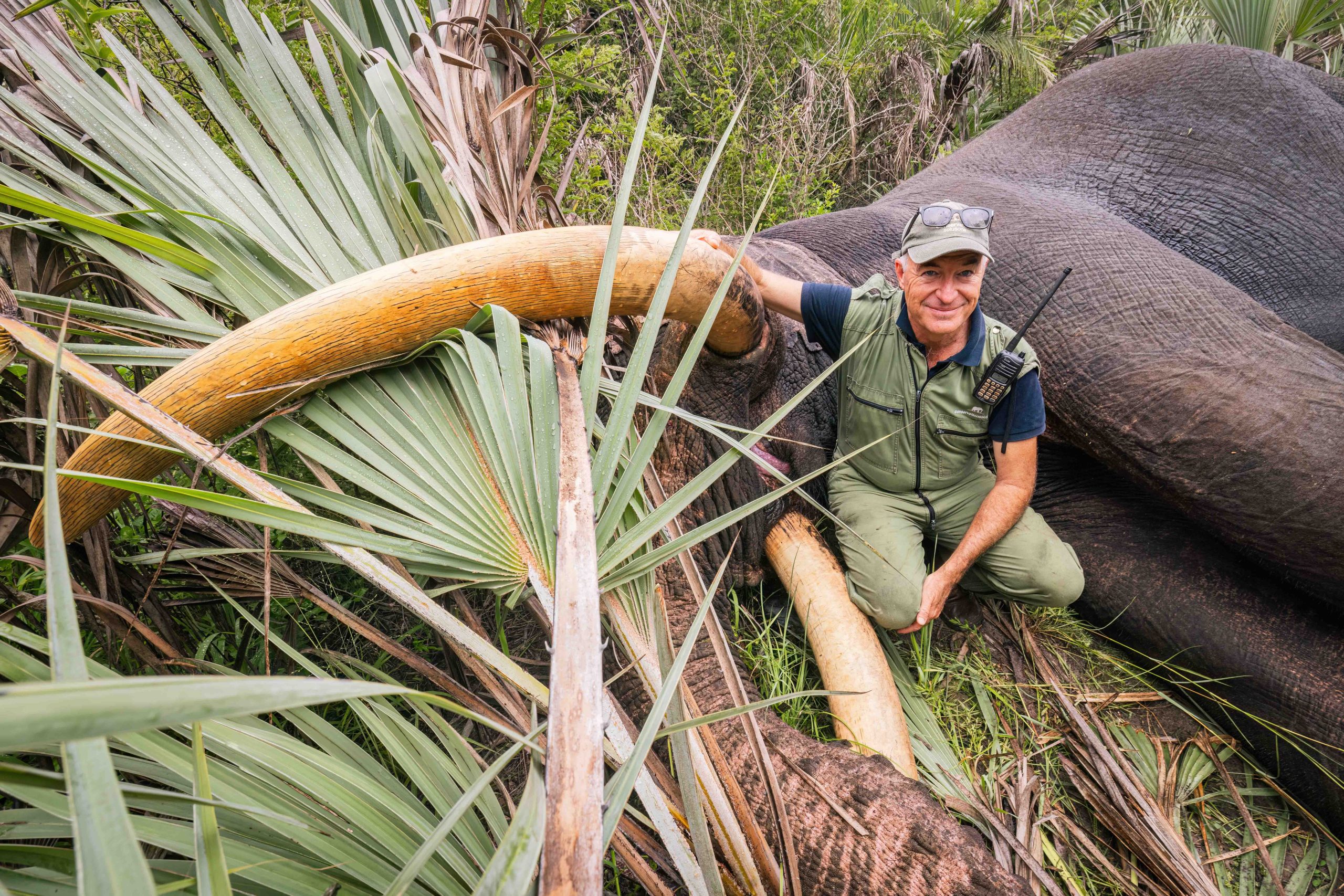

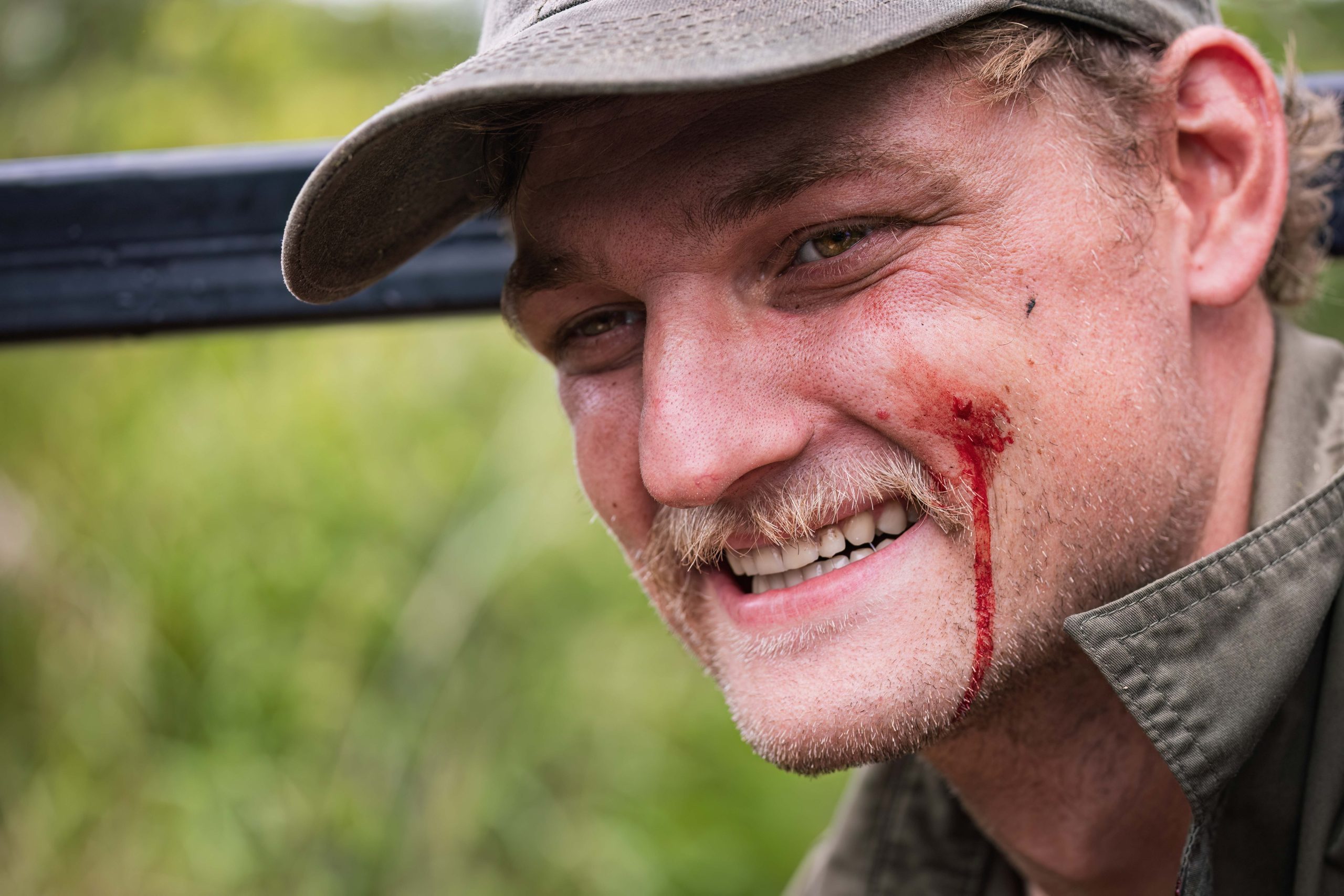
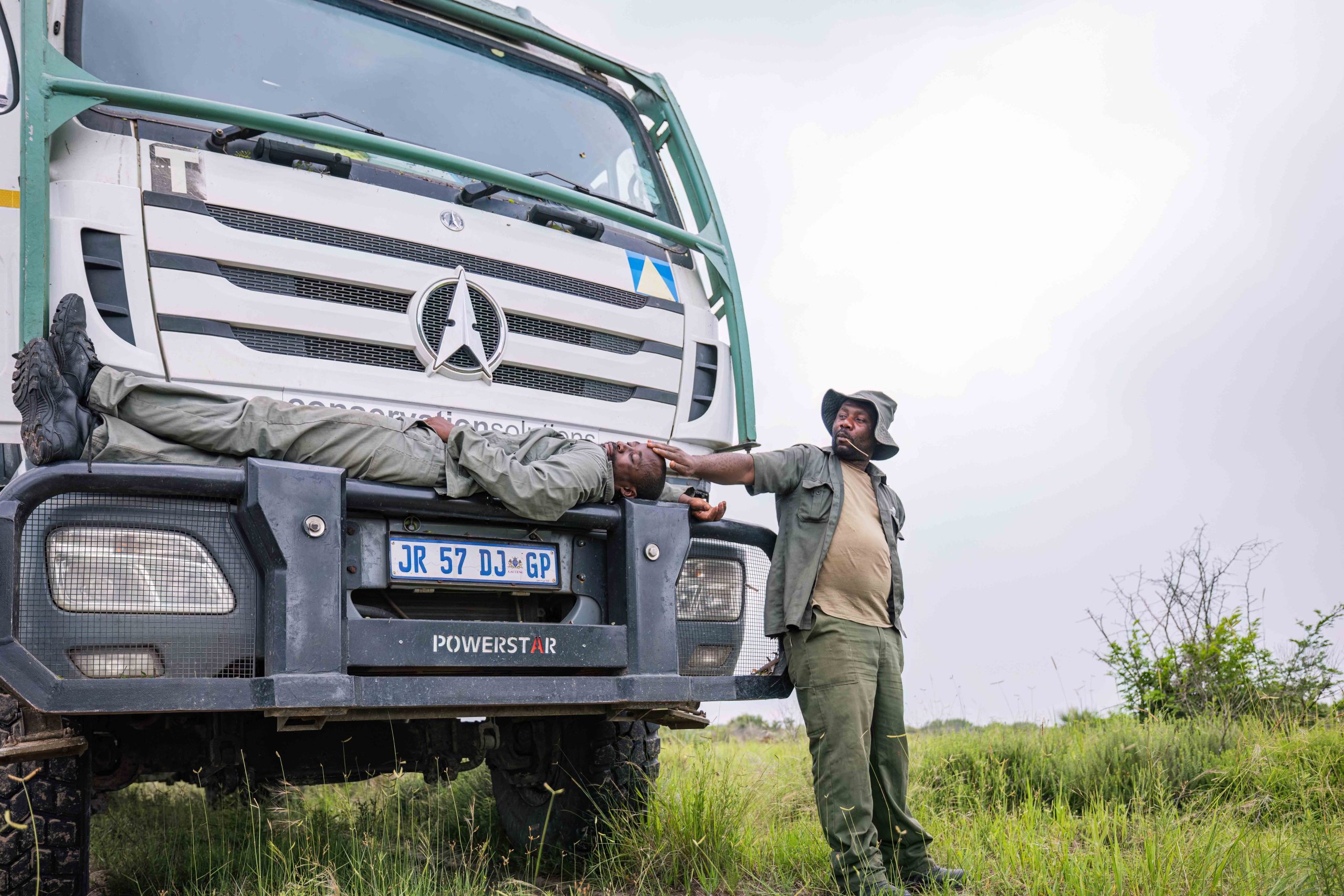
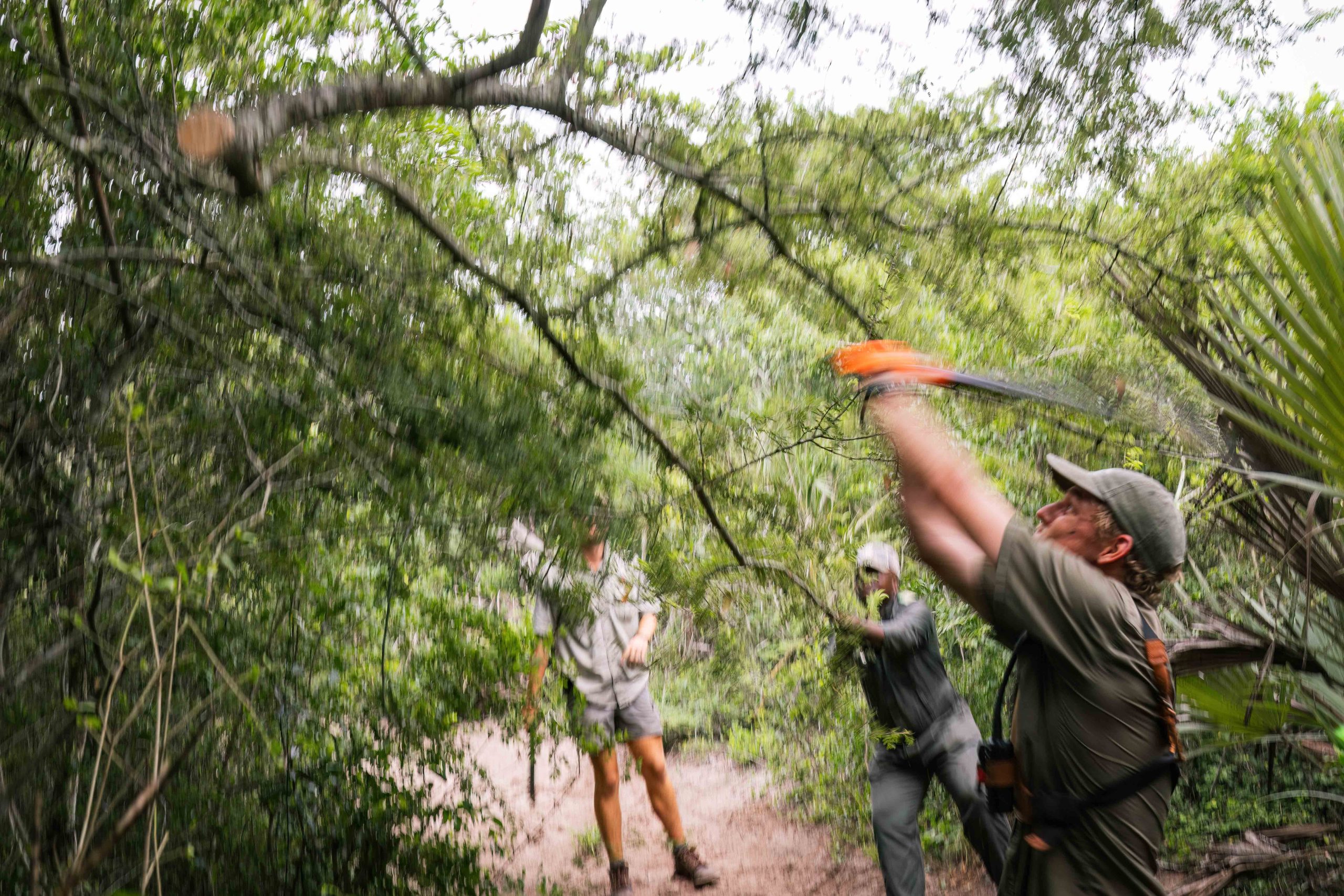
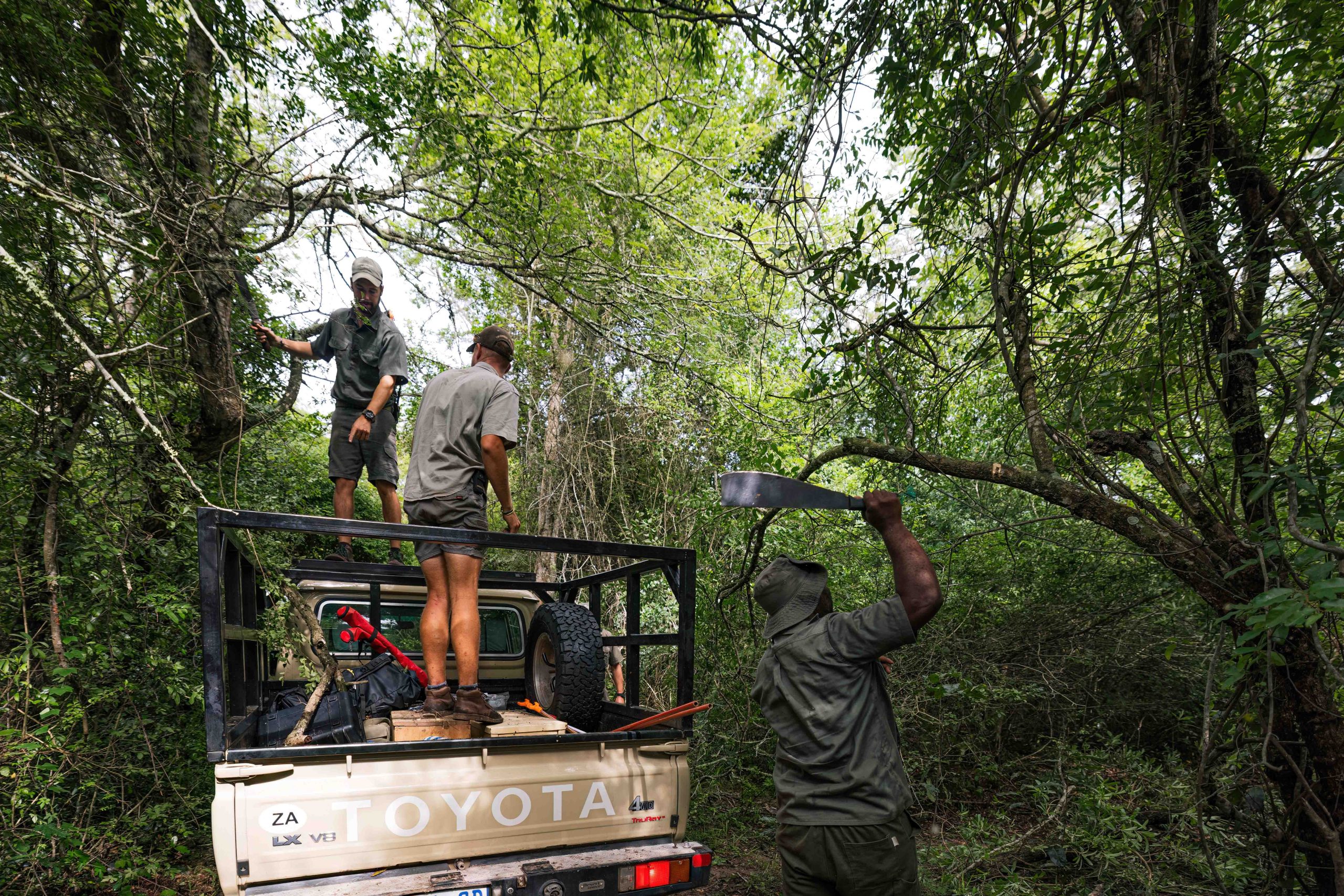


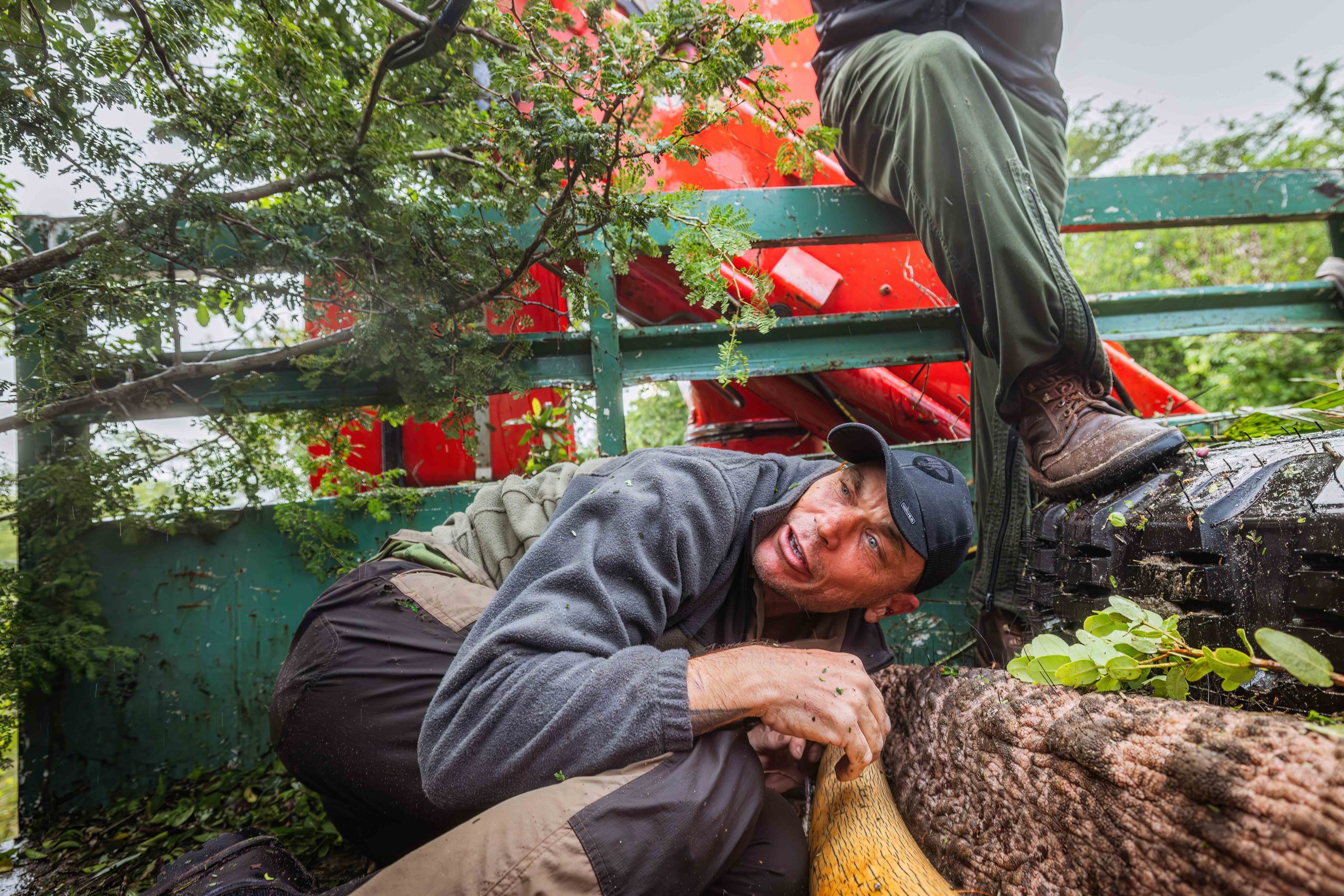
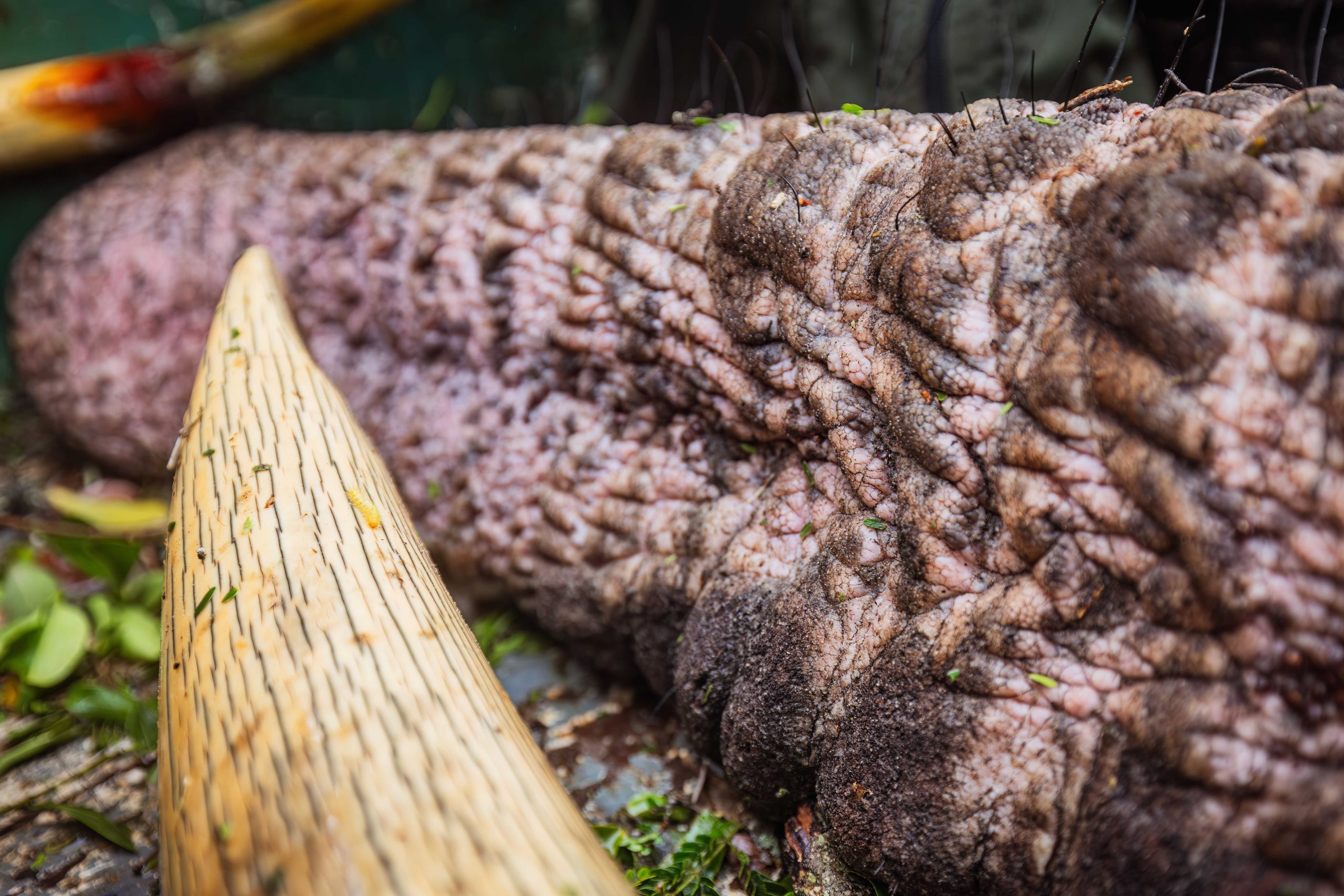
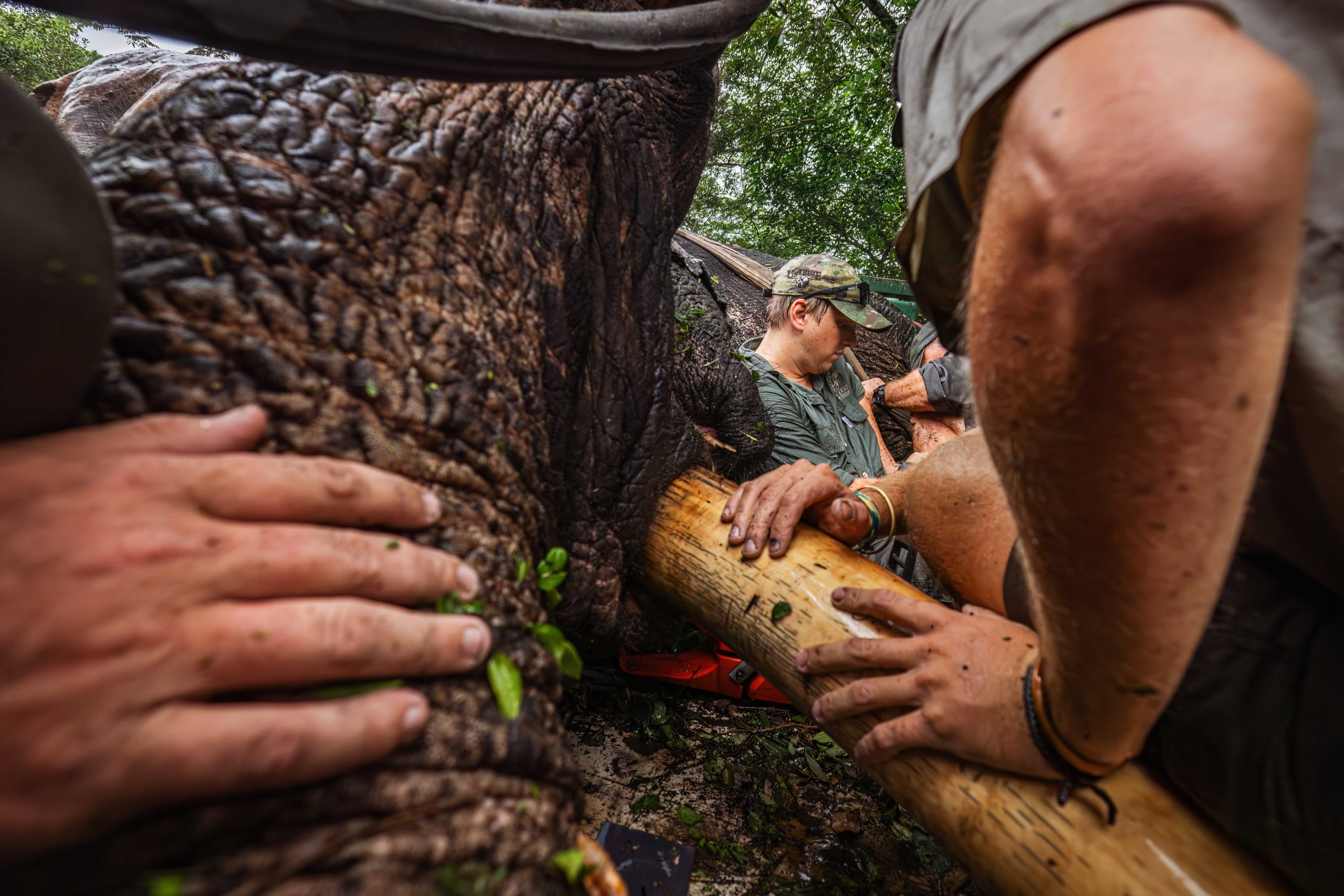
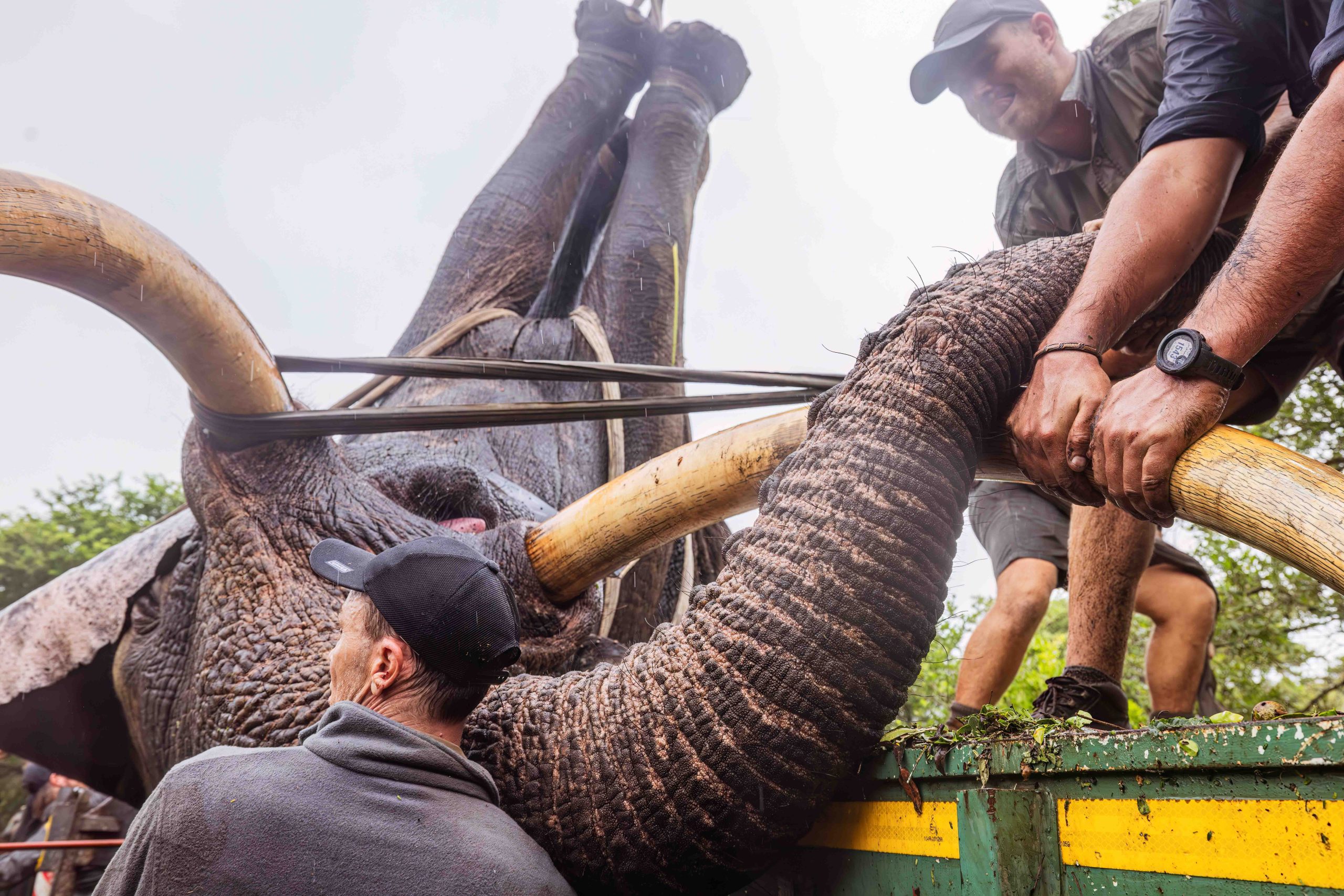
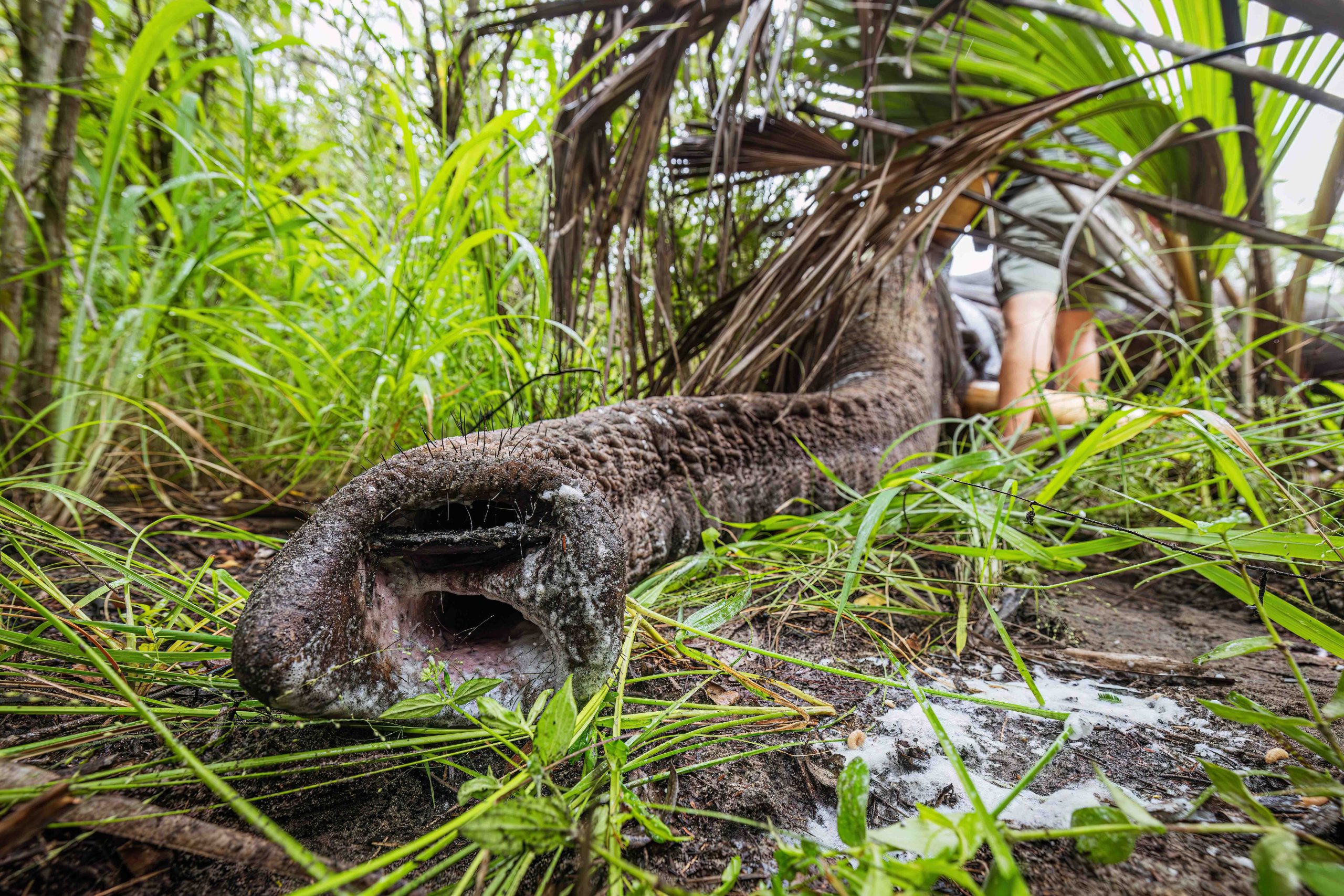



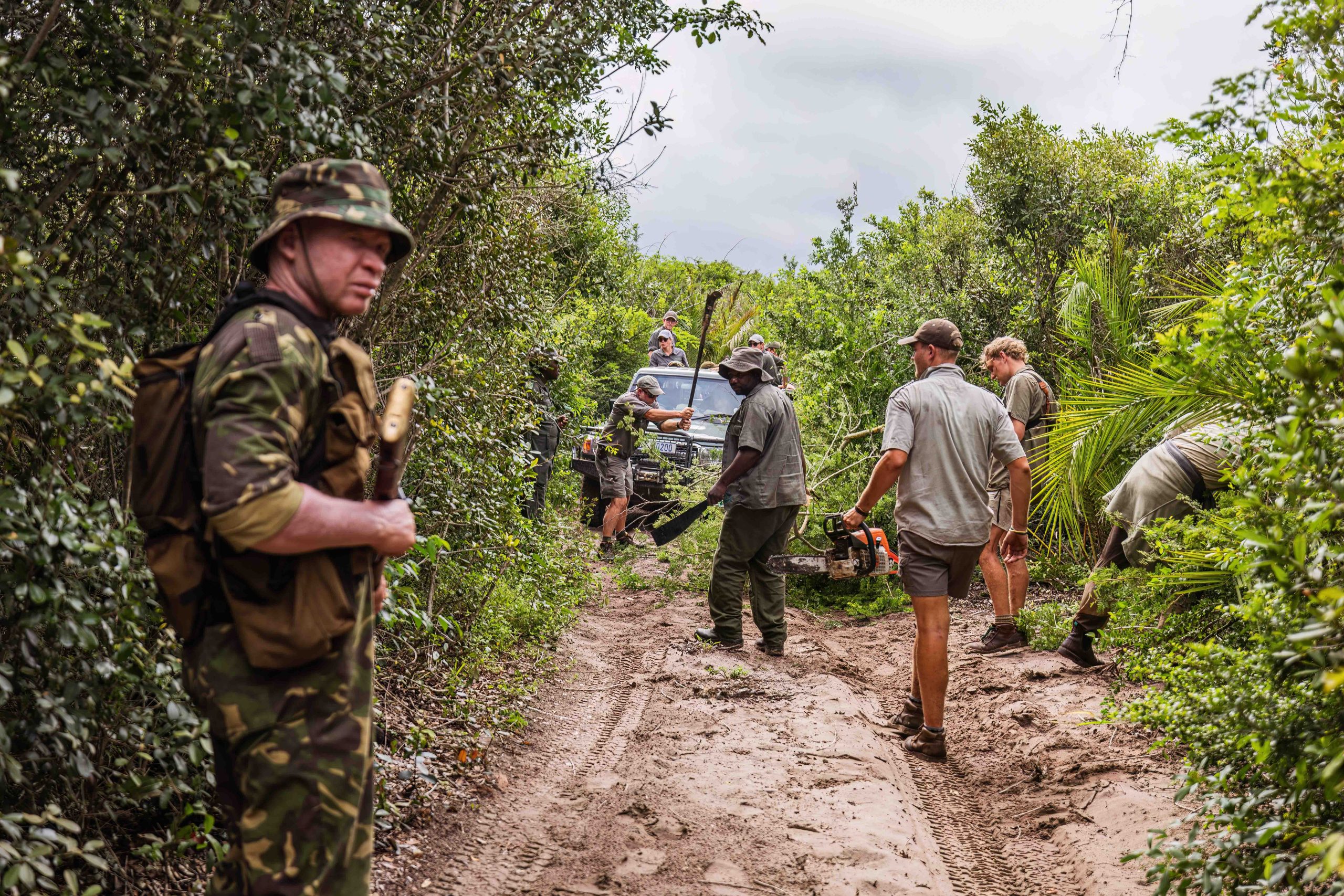



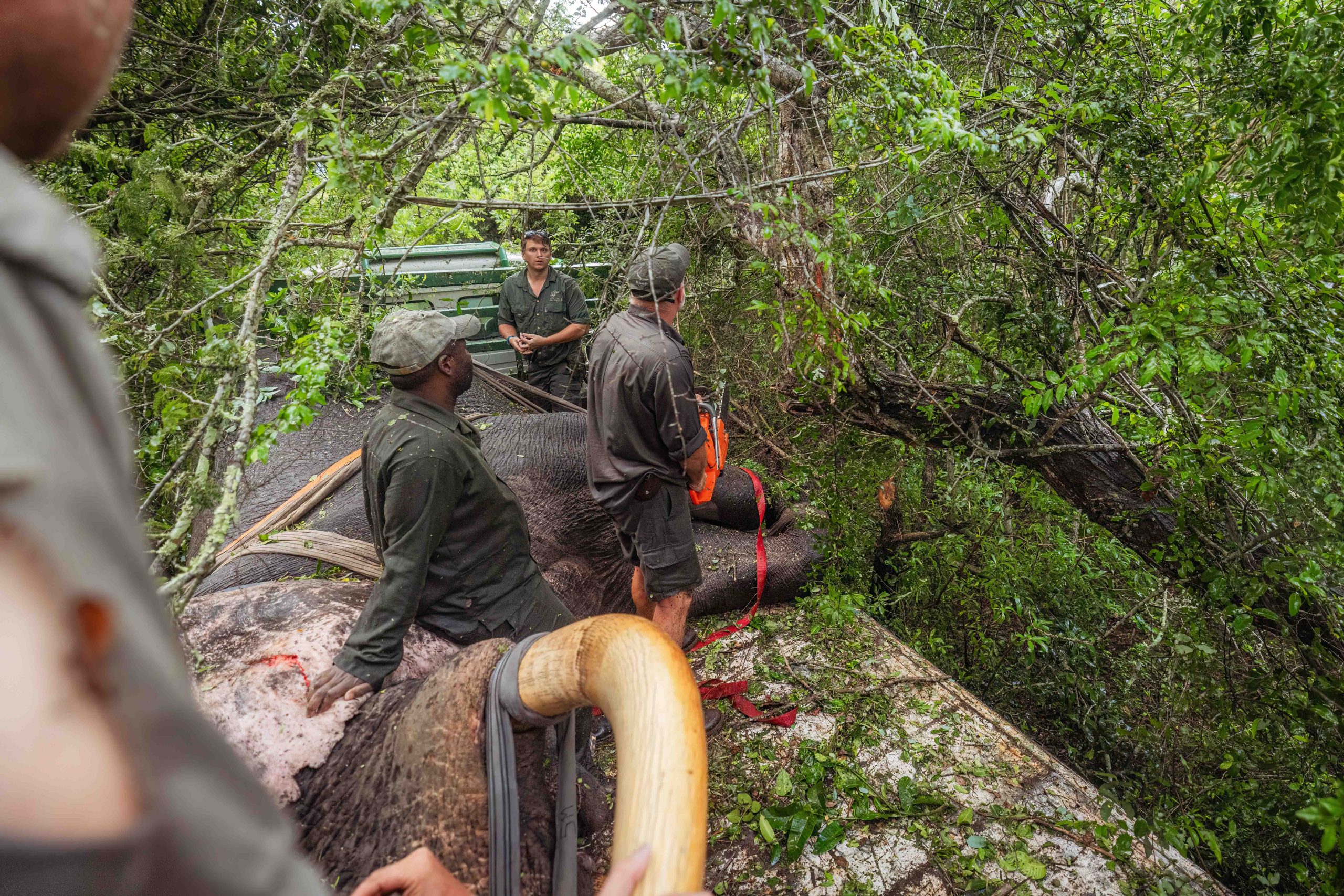

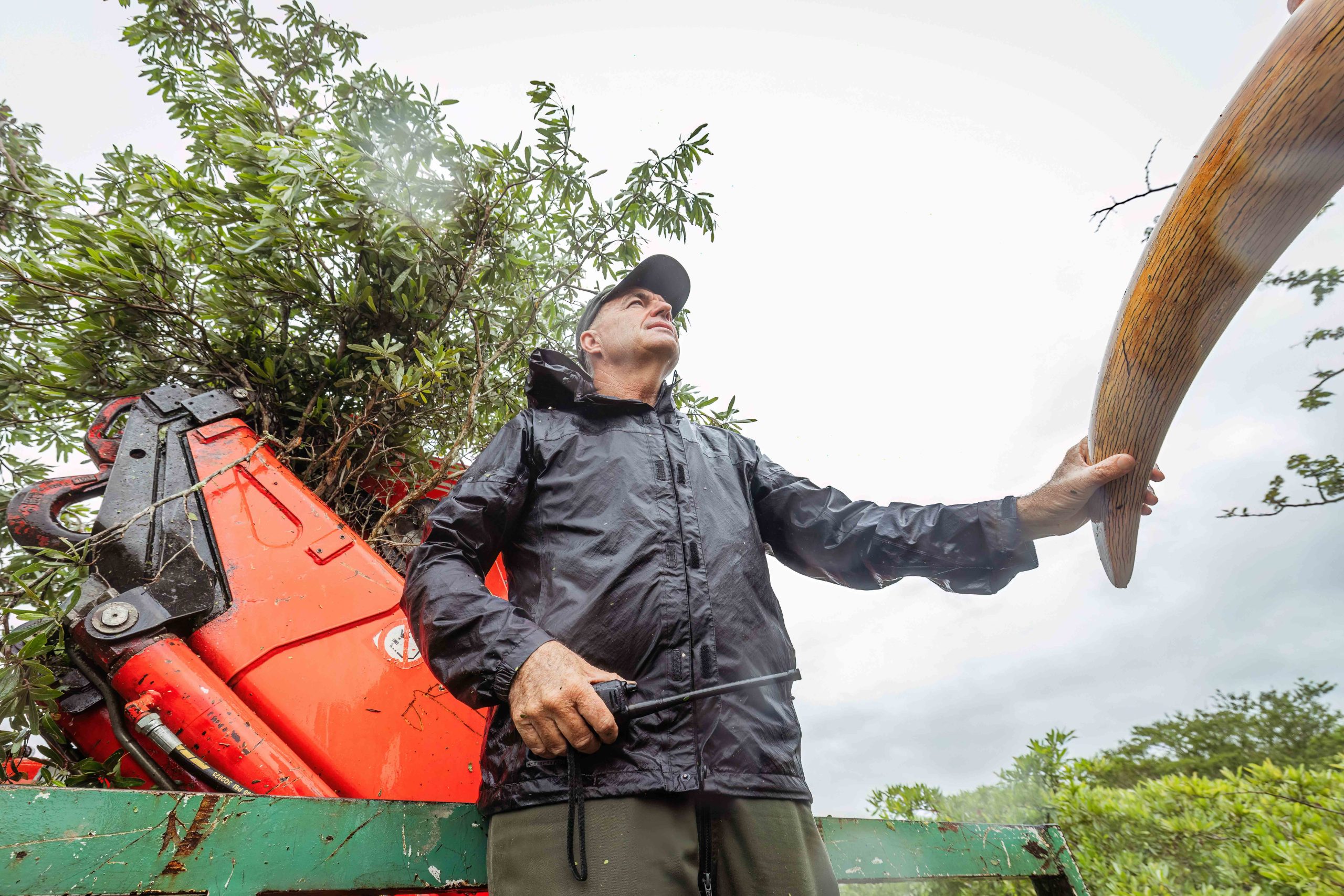

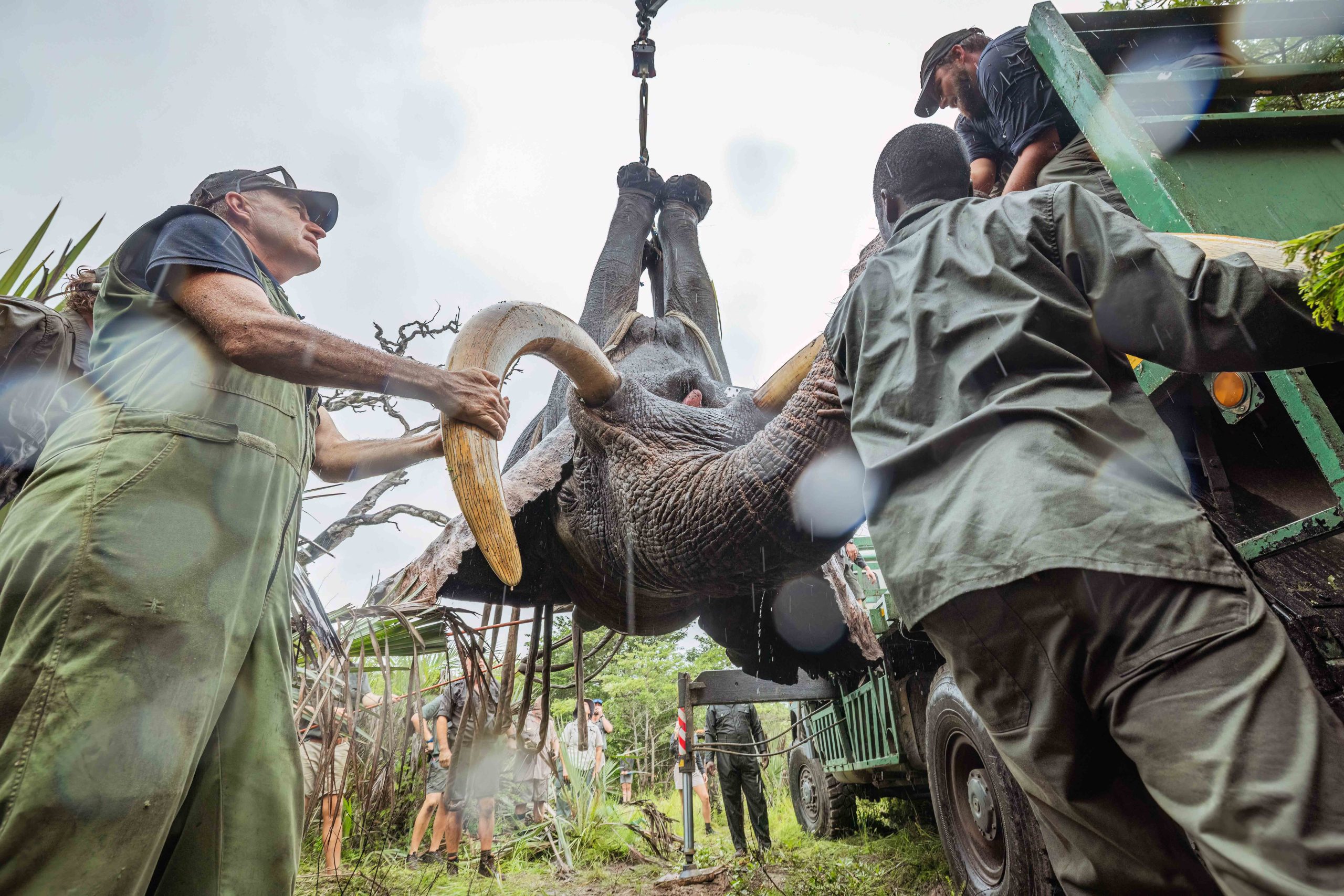
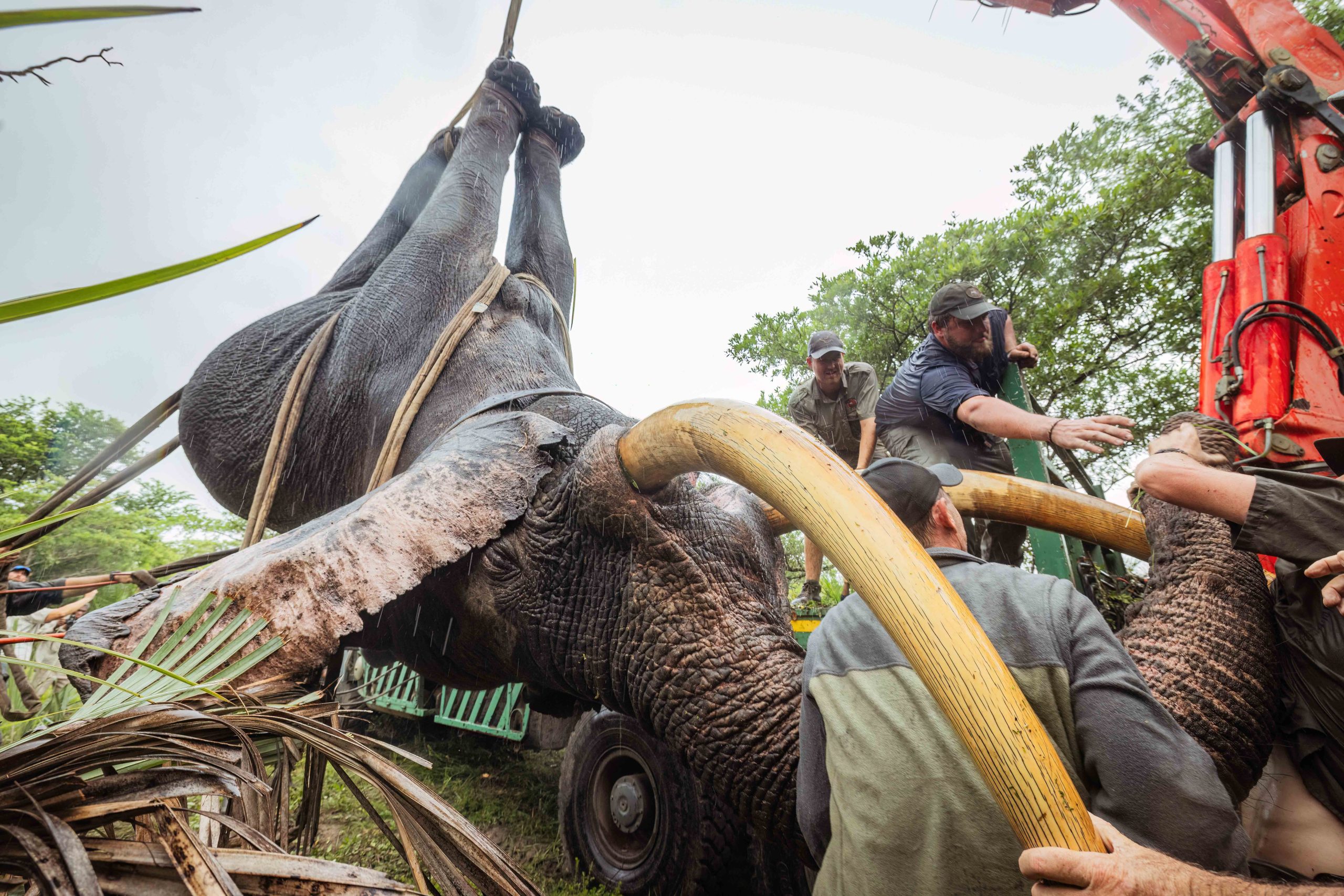
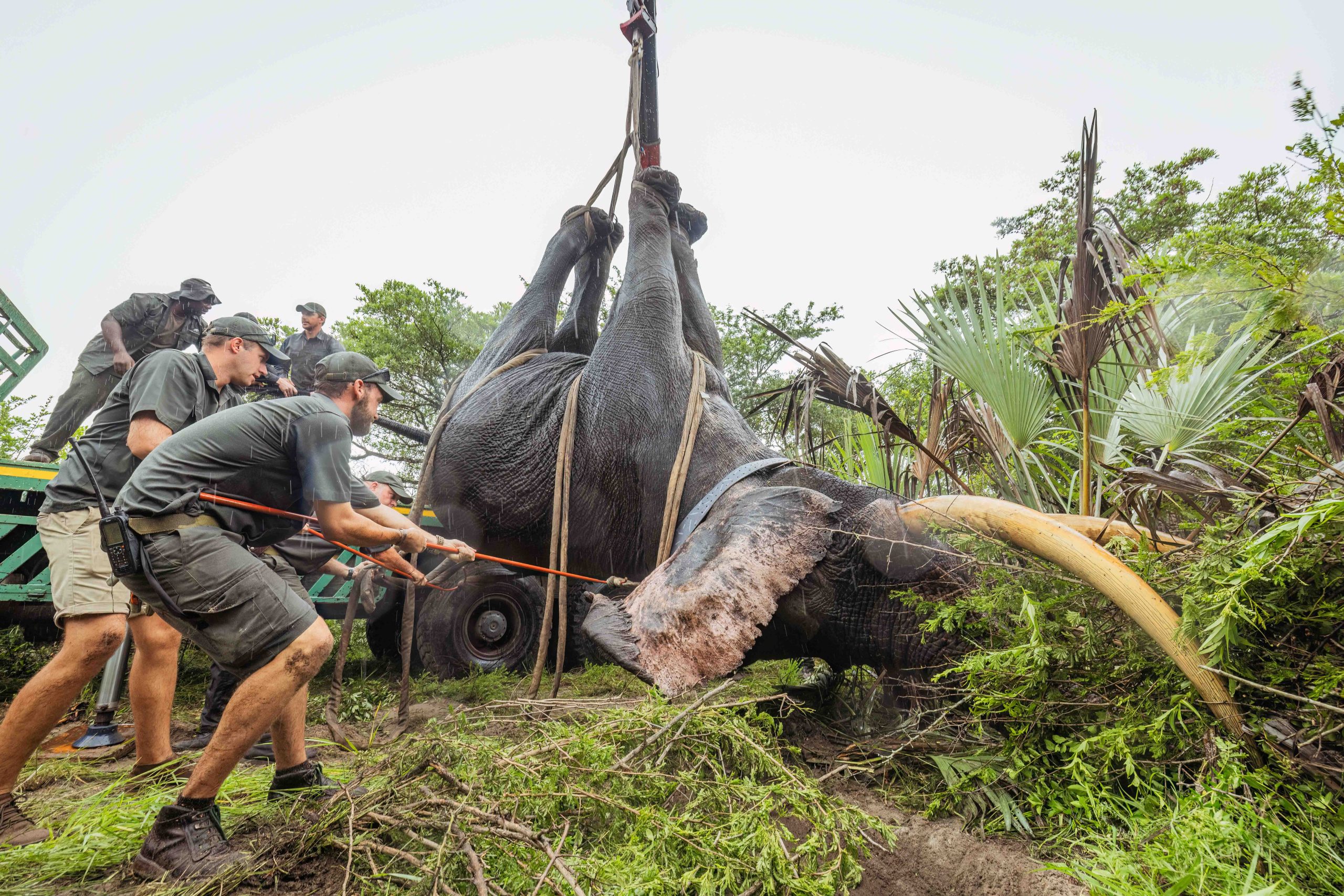
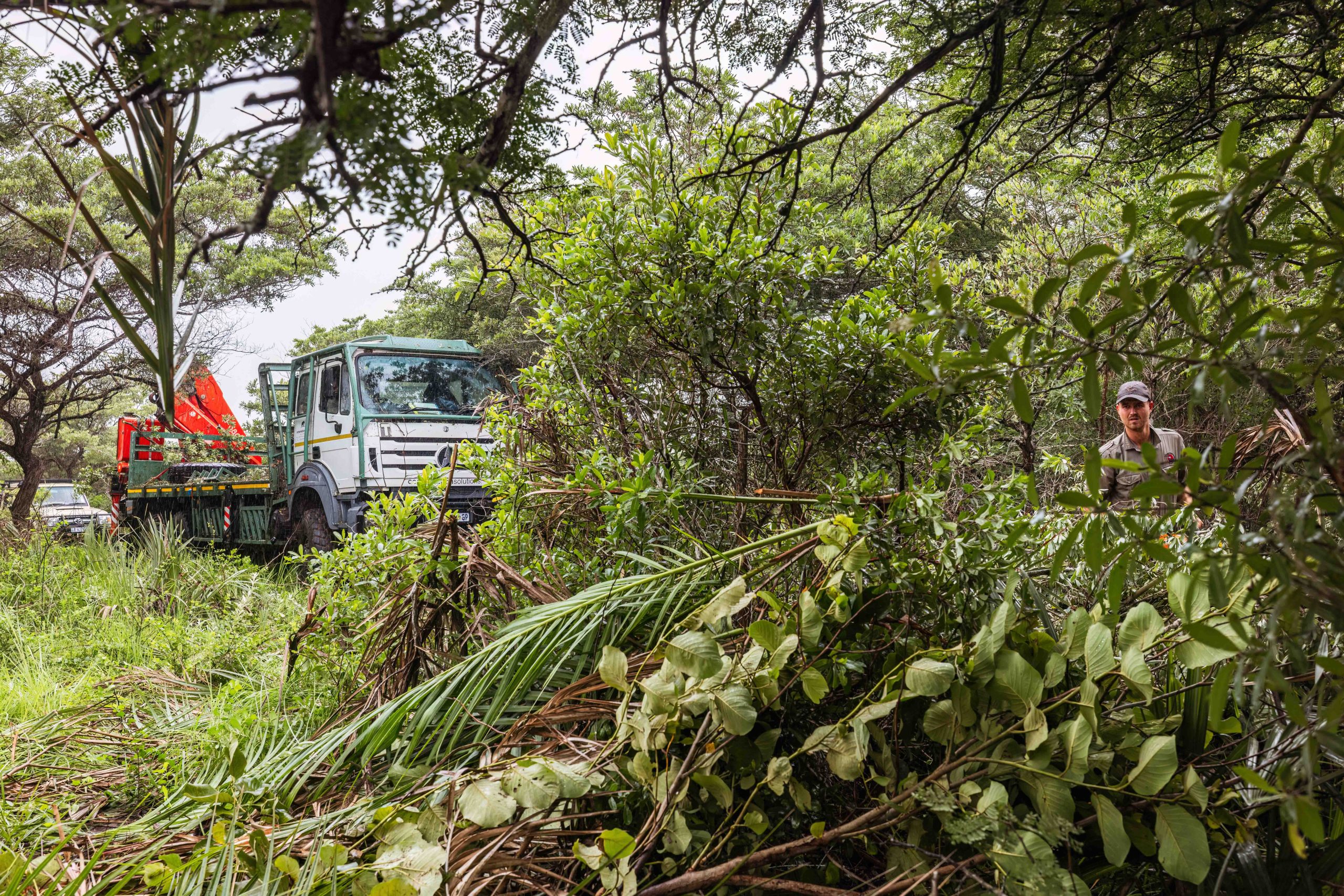
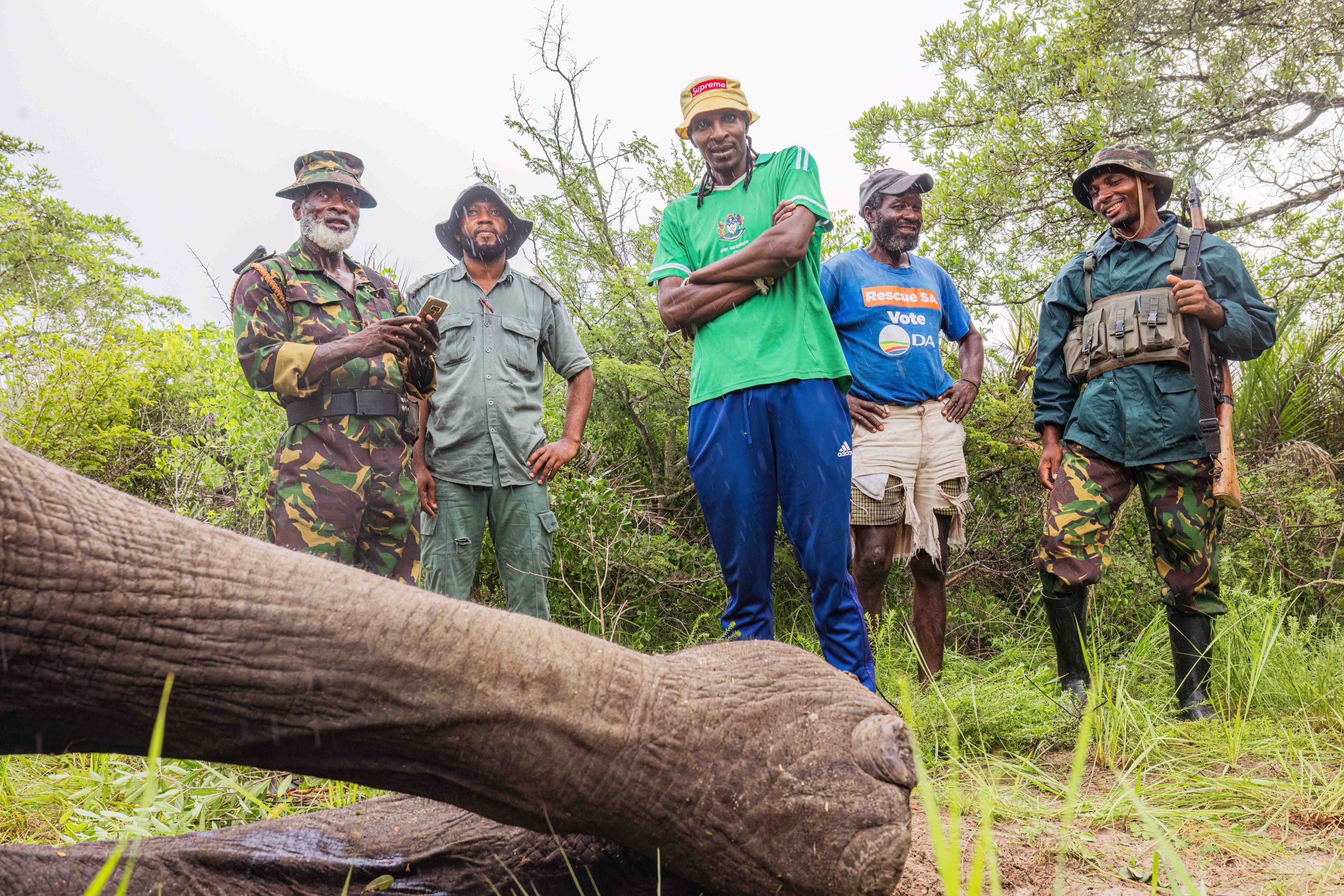
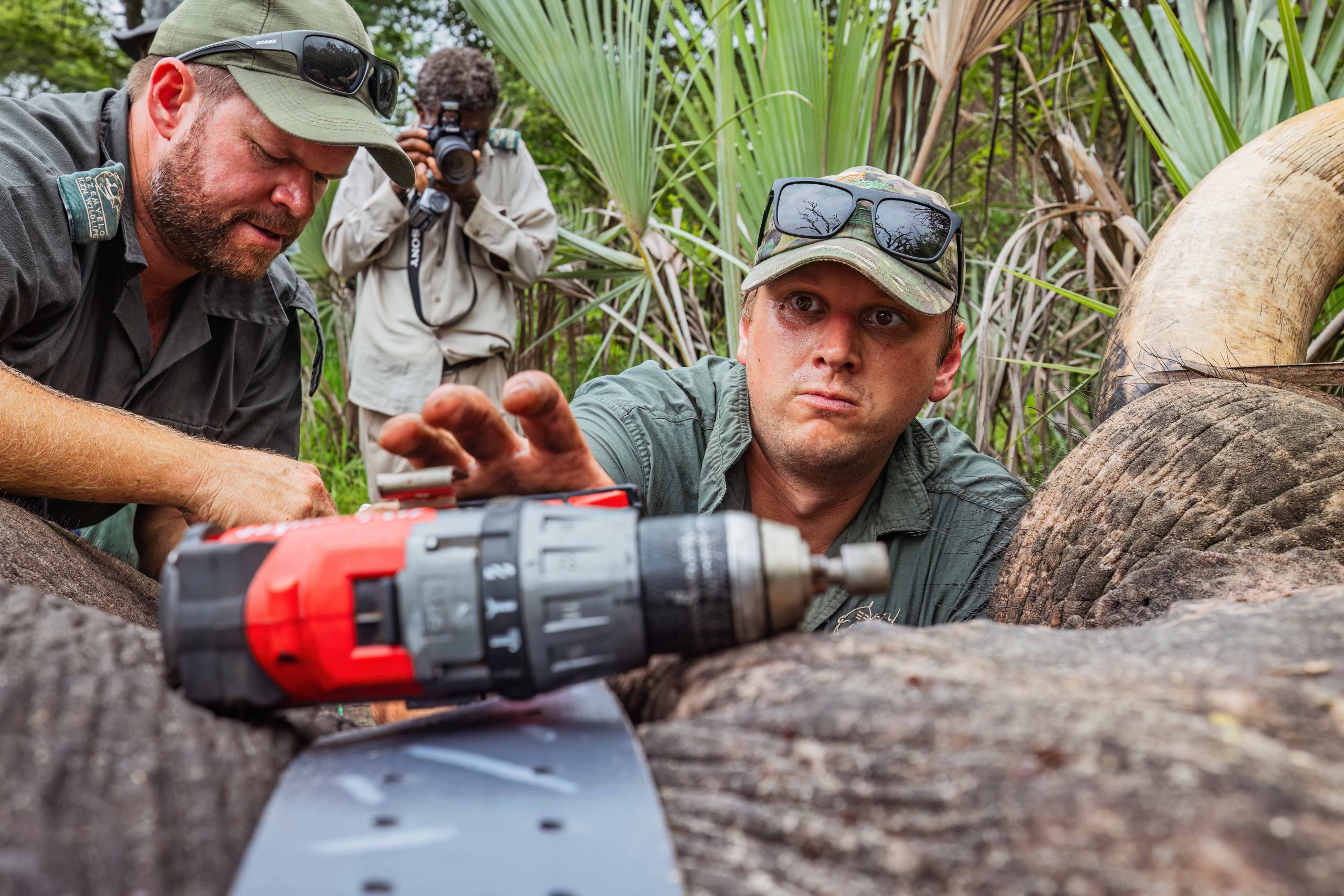
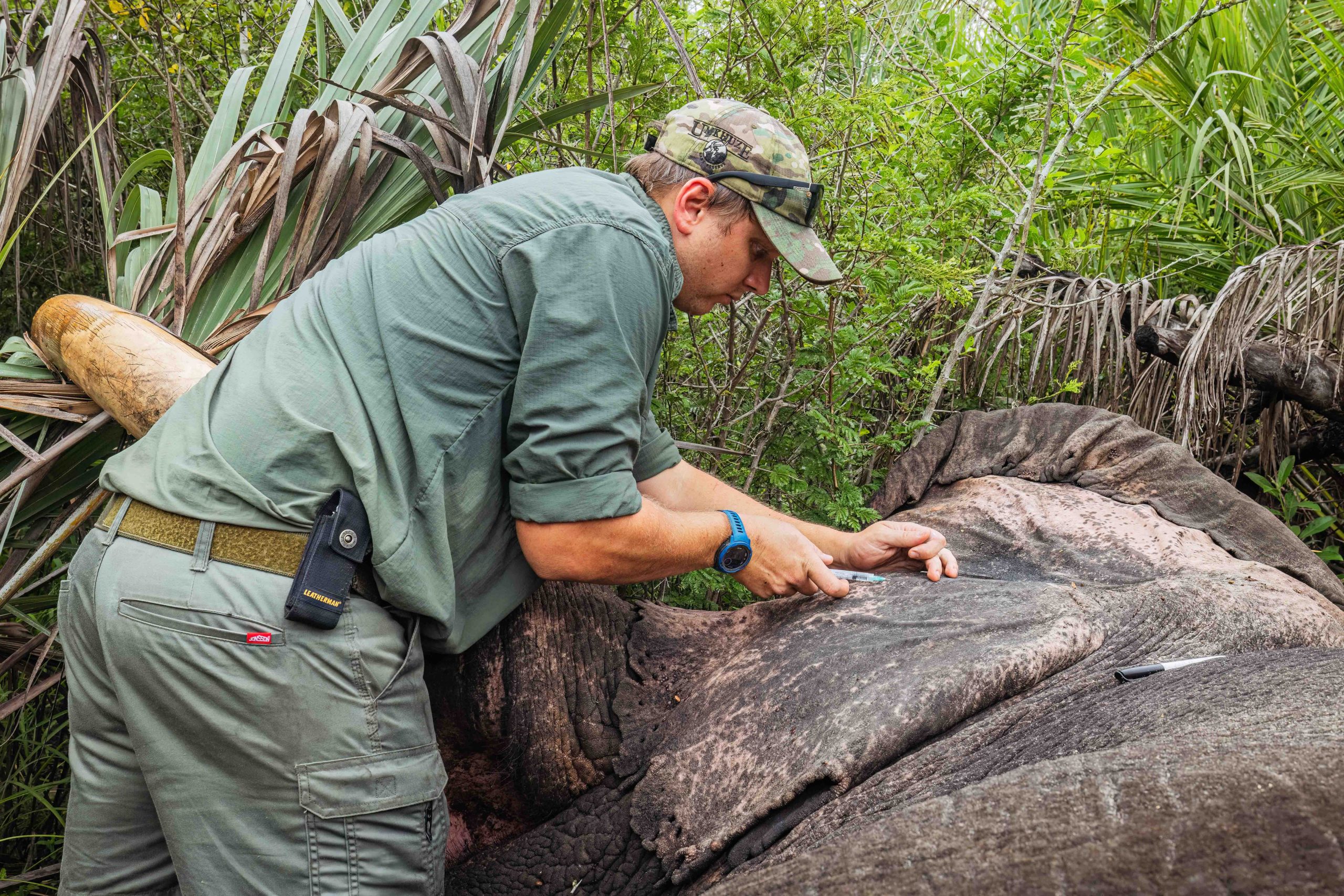
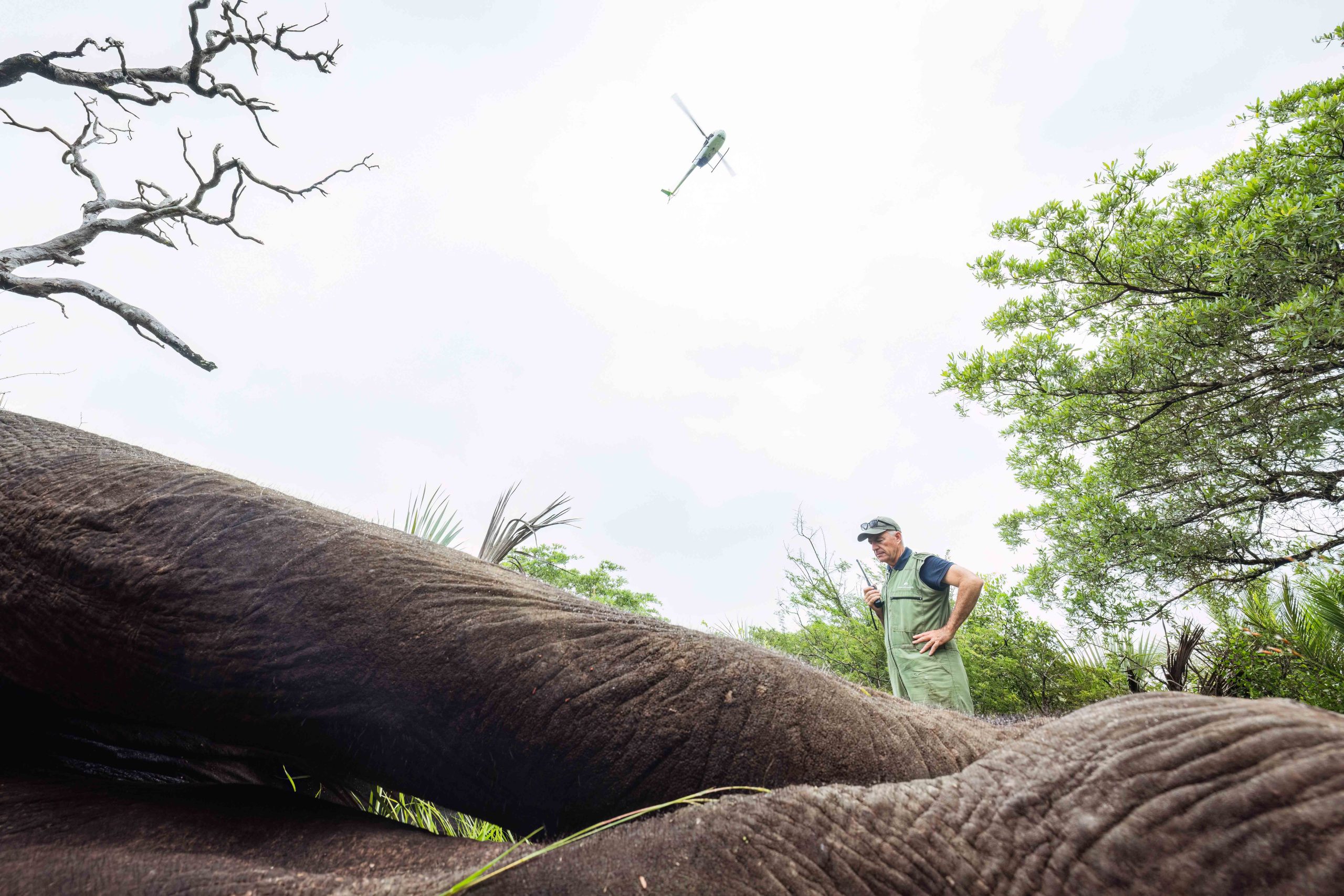

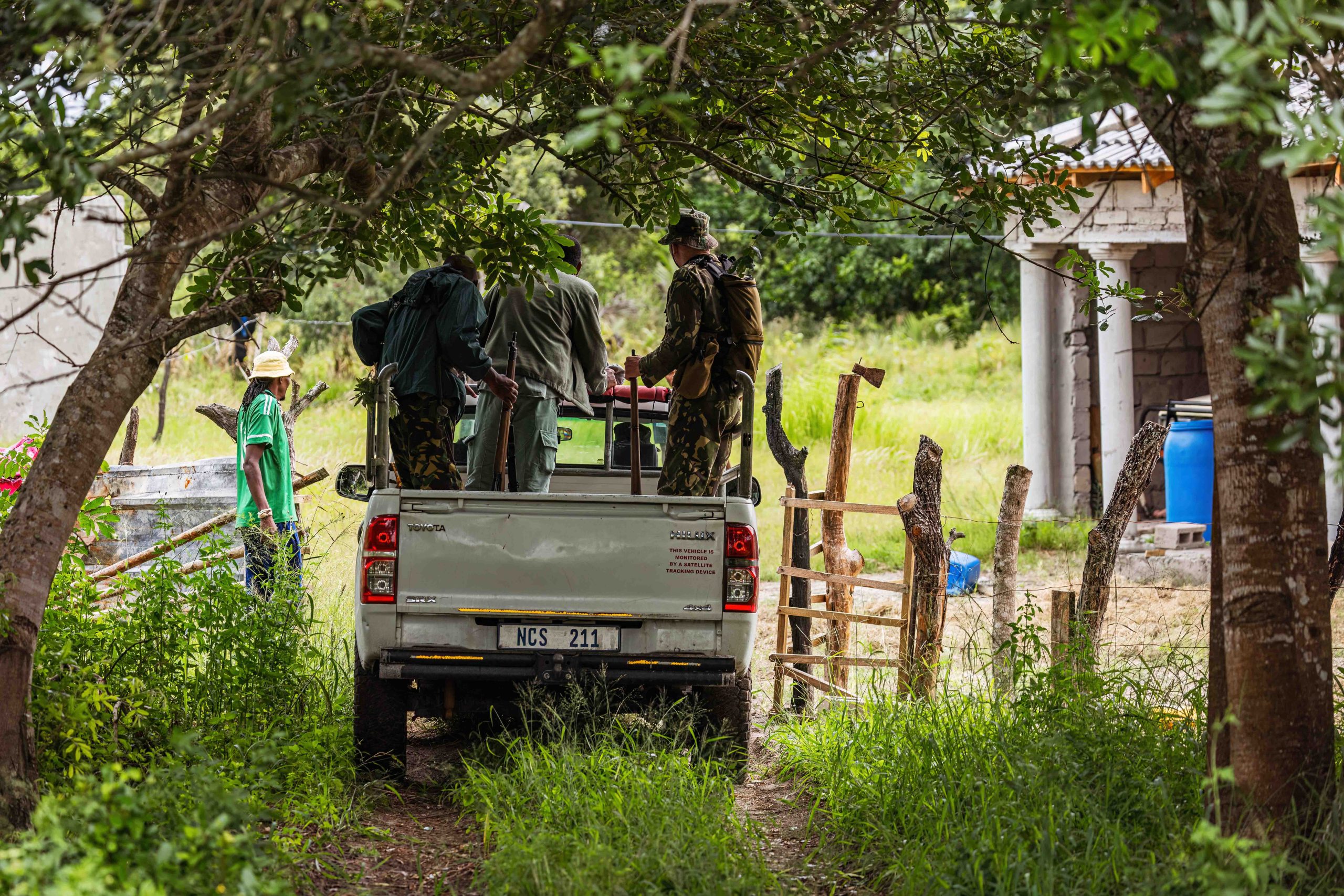


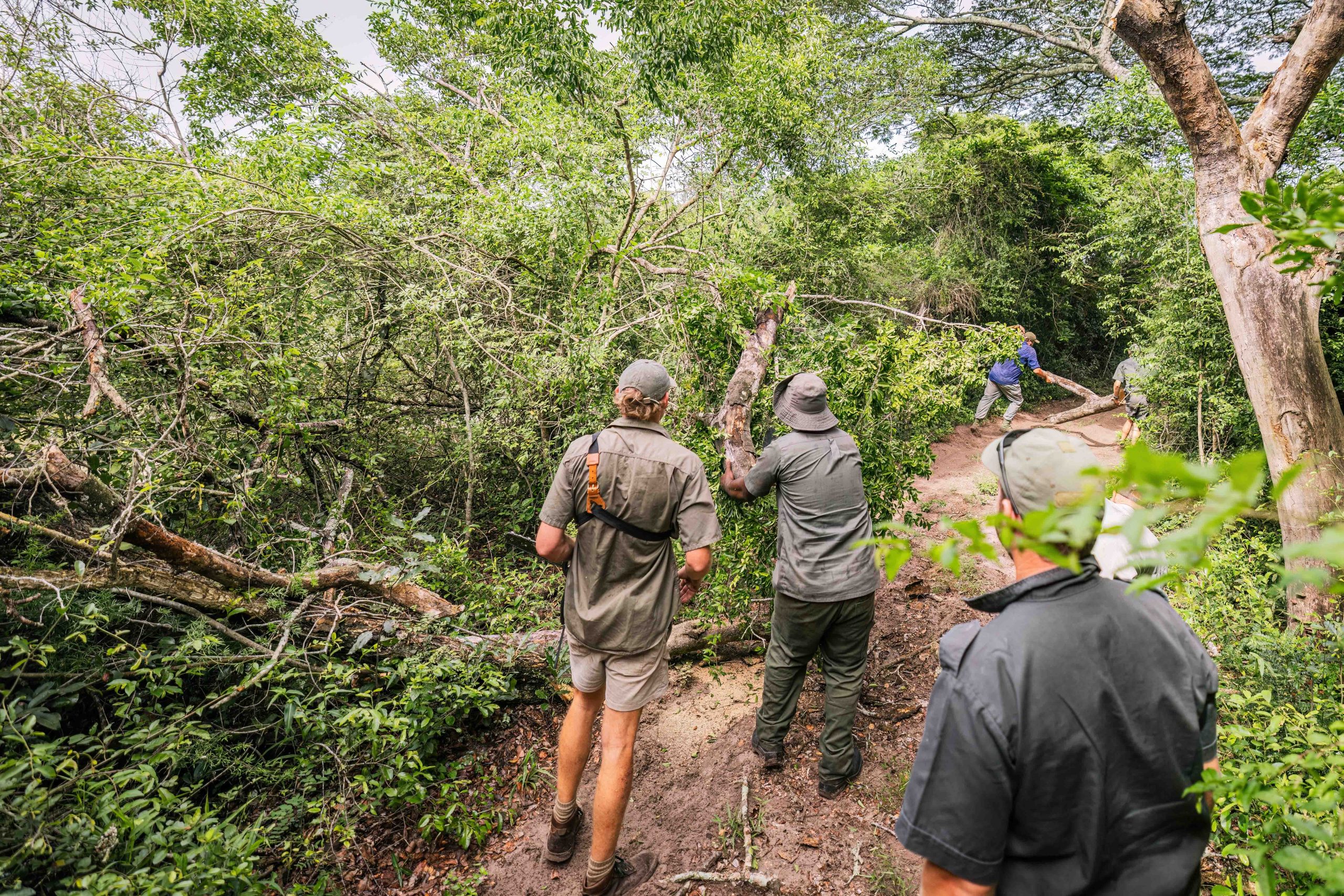


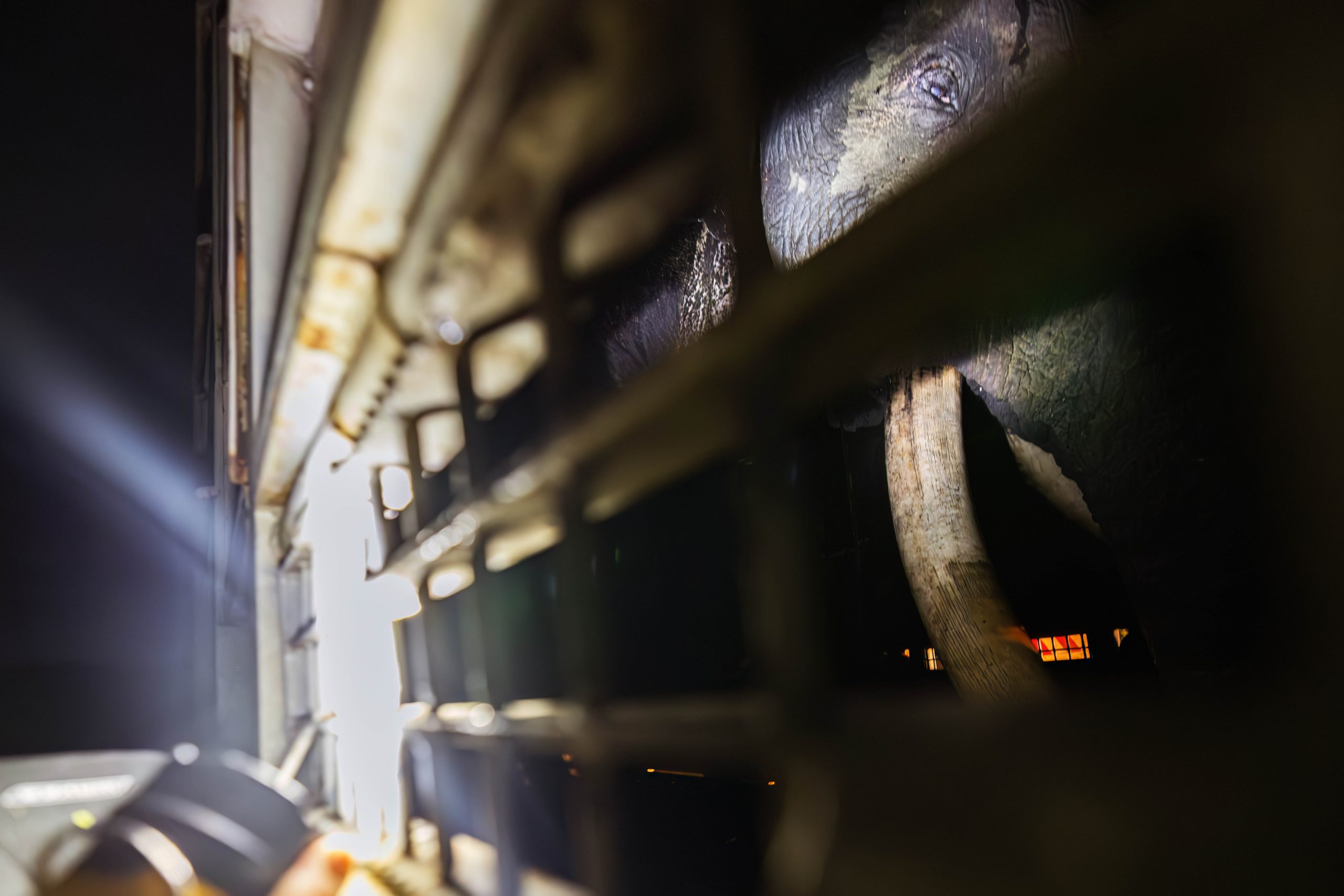



Partners & Collaborators

Photography: © Wiki West
JOIN THE FRONTLINES
Contact
info@wef.ngo
© 2025 All Rights Reserved. Powered by Mosquito Media.

